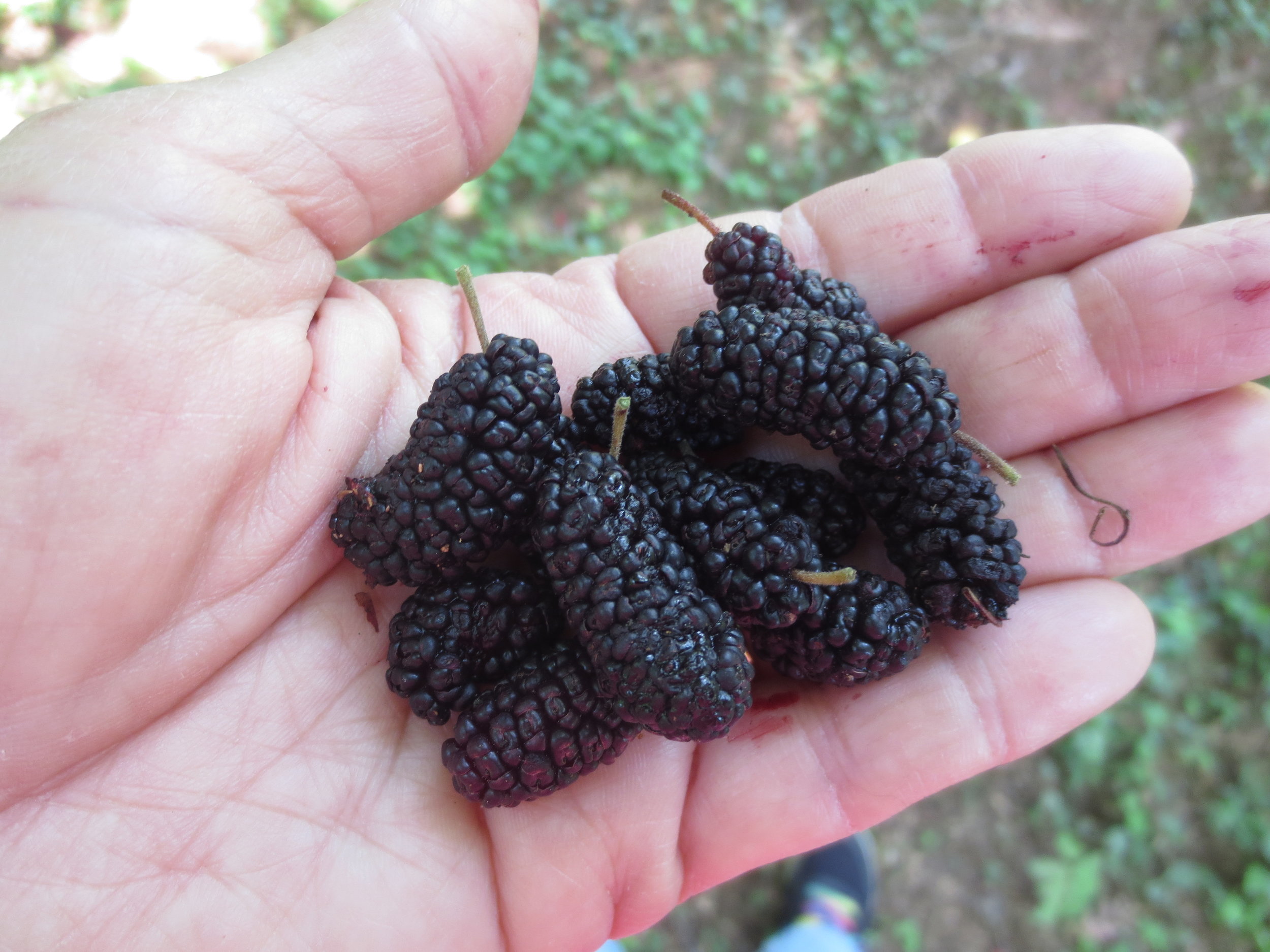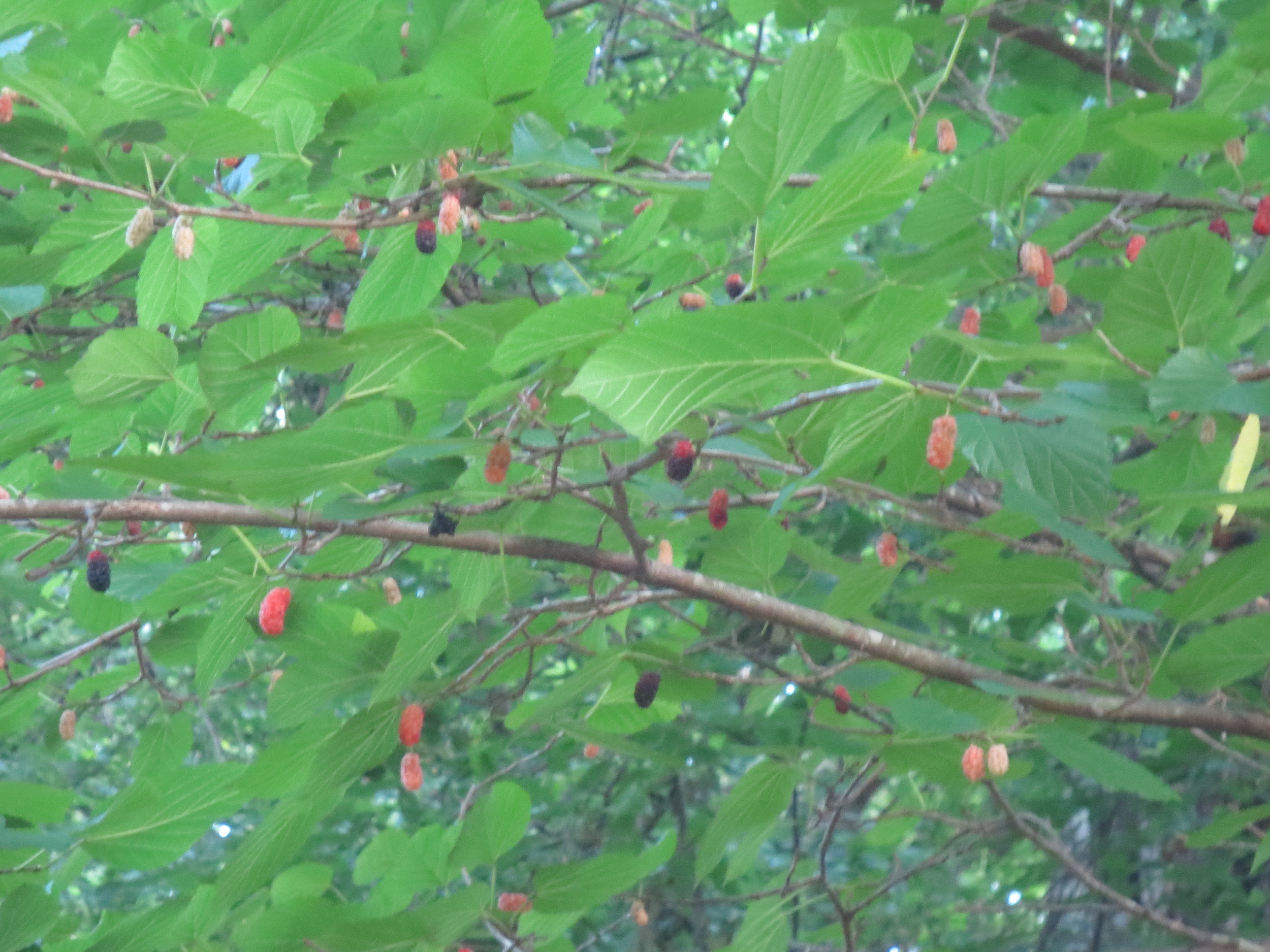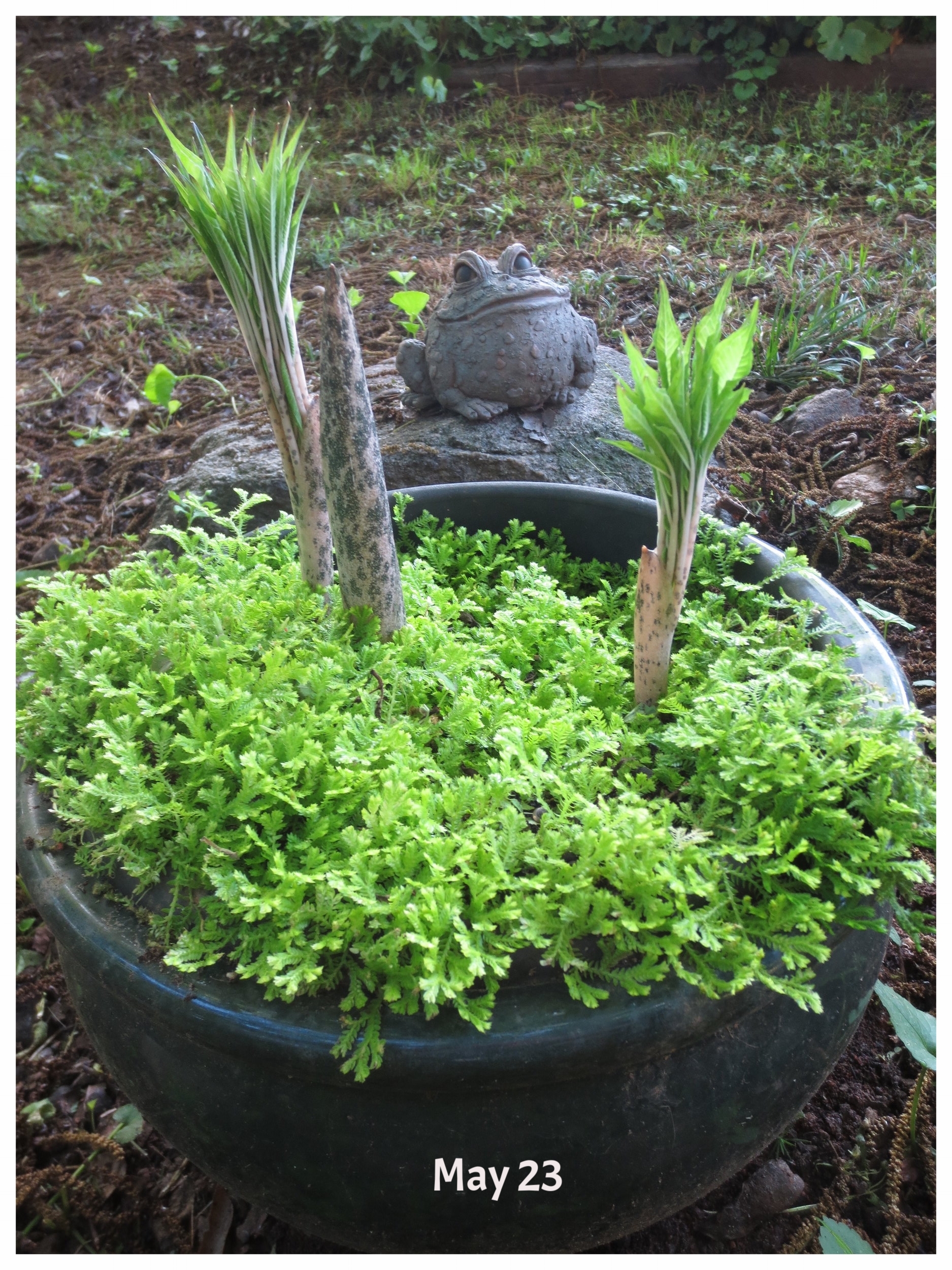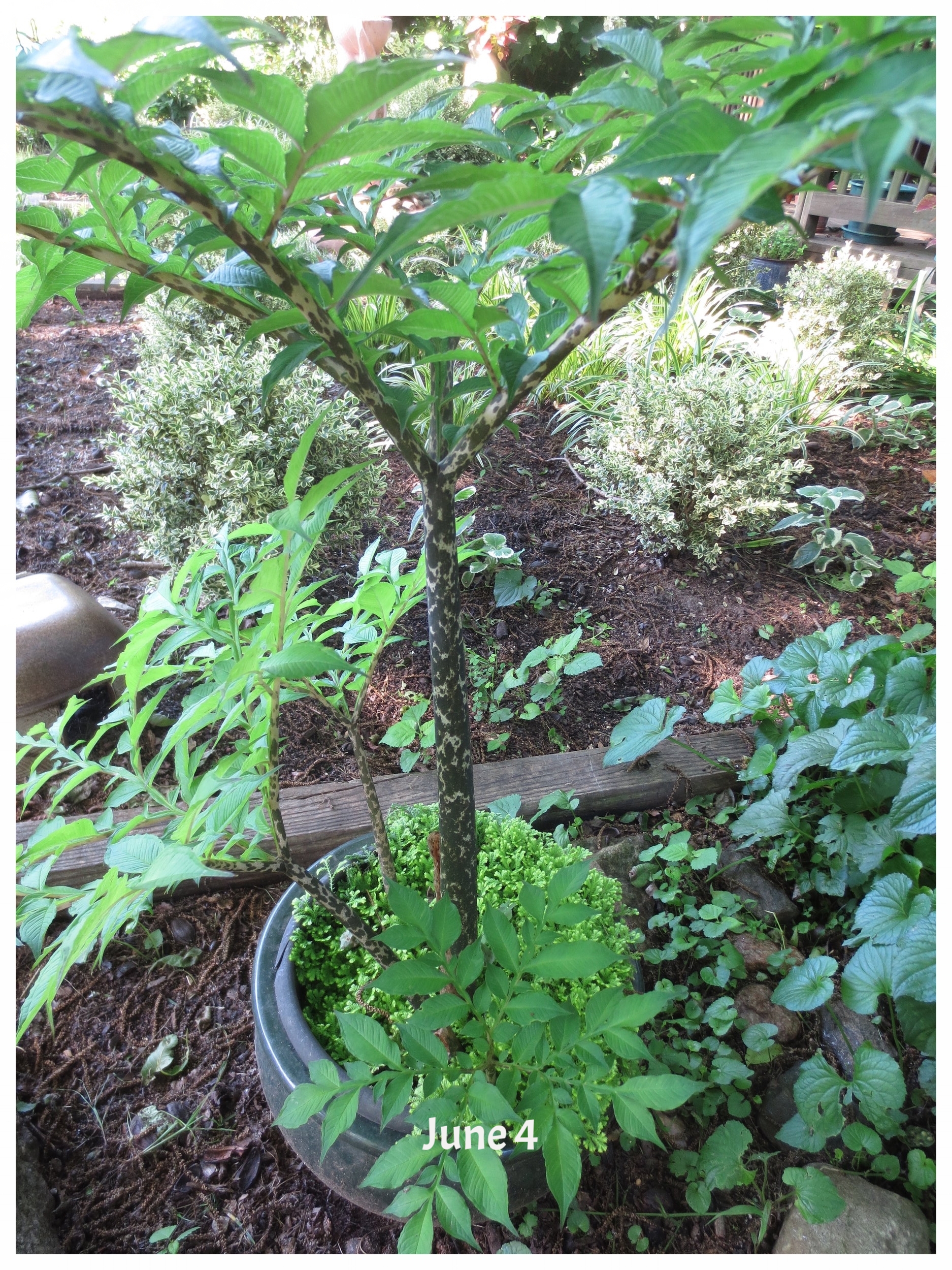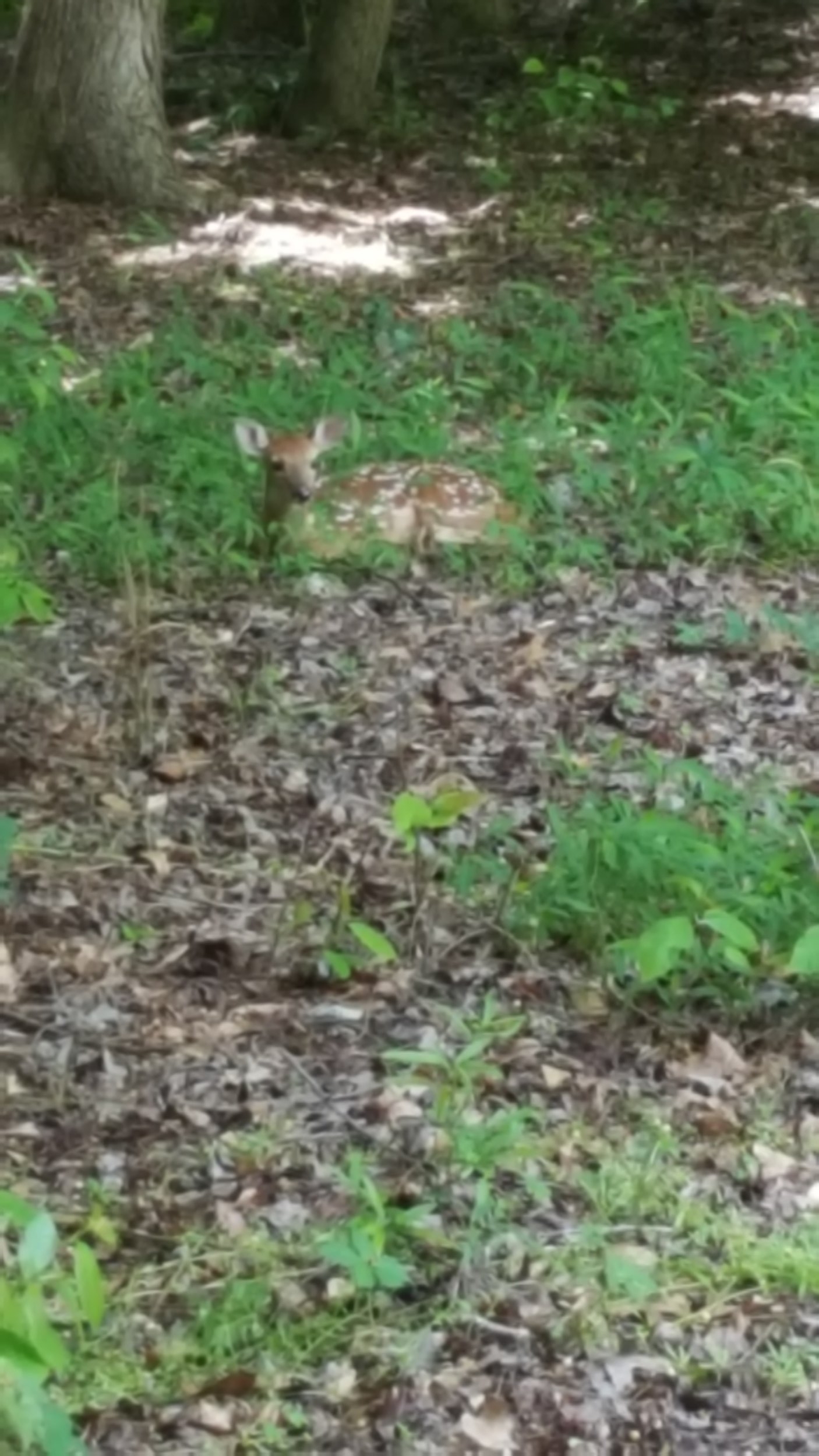Sedges have edges.
Rushes are round.
Grasses are hollow
right up from the ground.
There are different versions of this poem, but the first two lines are always the same. I learned it from the Clemson University Extension agent who taught weed identification to Master Gardeners. Why is the distinction important? Because chemical herbicides that are meant to kill dandelions or Bermuda grass, for instance, will have little to no effect on nutsedge, an aggressive and persistent perennial weed.
Purple nutsedge has the reputation for the worst economic impact of any weed. Fortunately (I guess), my part of the world is instead plagued by yellow nutsedge. Yellow nutsedge is more widespread than its purple cousin because of its greater cold tolerance. Nutsedges can be identified by running one’s fingers over the stem. Unlike a round grass, a sedge has sharp edges along its triangular stem. Hence, “sedges have edges.”
In a mixed lawn (I love that term!) like mine, several grasses mingle to produce a thick green turf that looks great from a distance or when observed from a car going by at 50mph. Here is a confession. As long as the lawn is somewhat green, I don’t care what its component parts are. I prefer to spend my time and money in borders and beds. I have zero desire to host a golf course-like lawn.
Back to the subject. Nutsedge has a bright green leaf blade that can mimic innocent grass. You may not detect its presence until you spot the tell-tale seed heads that look like tiny porcupines. The seed heads are not the major troublemakers, though. Even while the above-ground portion is small, it is spreading underground by rhizomes and the formation of tubers (called nutlets) along the roots. When cold weather kills the top growth, the roots remain alive. An individual plant can spread roots to 10 feet wide or more.
Plant seeds, roots and nutlets can spread via contaminated topsoil, be carried along on tools, or be brought home in a new plant purchase. Growers are not evil people. They do their best to provide a weed-free product. But even growers can only do their best.
Nutsedge thrives in soils that remain damp or where lawns are mowed too short, but will grow in just about any soil and in any light conditions. The Extension agent explained that proper timing of herbicide application is critical to success. The best time to apply chemical controls for nutsedge in the earliest spring, before it starts producing those underground nutlets. Products applied later are less effective or even useless. Garden centers stock several products that are targeted solely for nutsedge control. (My favorite product name is SedgeHammer. Wish I had thought of that name.) When mature plants are poisoned, they will abort their own roots to protect the nutlets from falling victim to the herbicide. It will appear to the gardener that the problem is resolved, with all the visible leaves brown and dead. Underground though, those tubers are waiting to regenerate and can be viable for up to three years. Where only a few plants are present, perhaps in flower beds or containers, you can lift the sedge carefully, being sure to get the entire network of roots and tubers. For larger areas like lawns, you may need to apply the appropriate targeted herbicide at the proper time for several consecutive years.

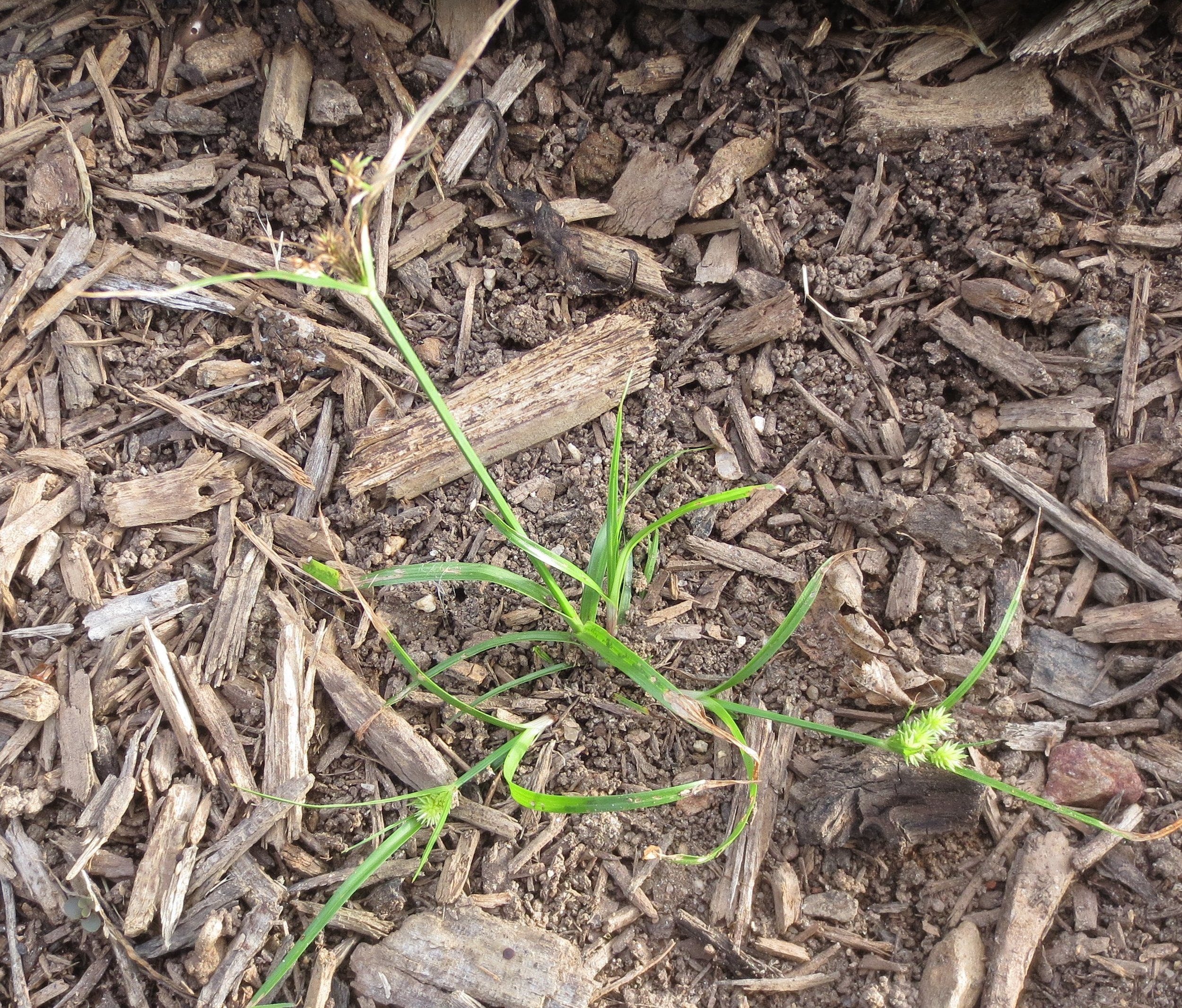
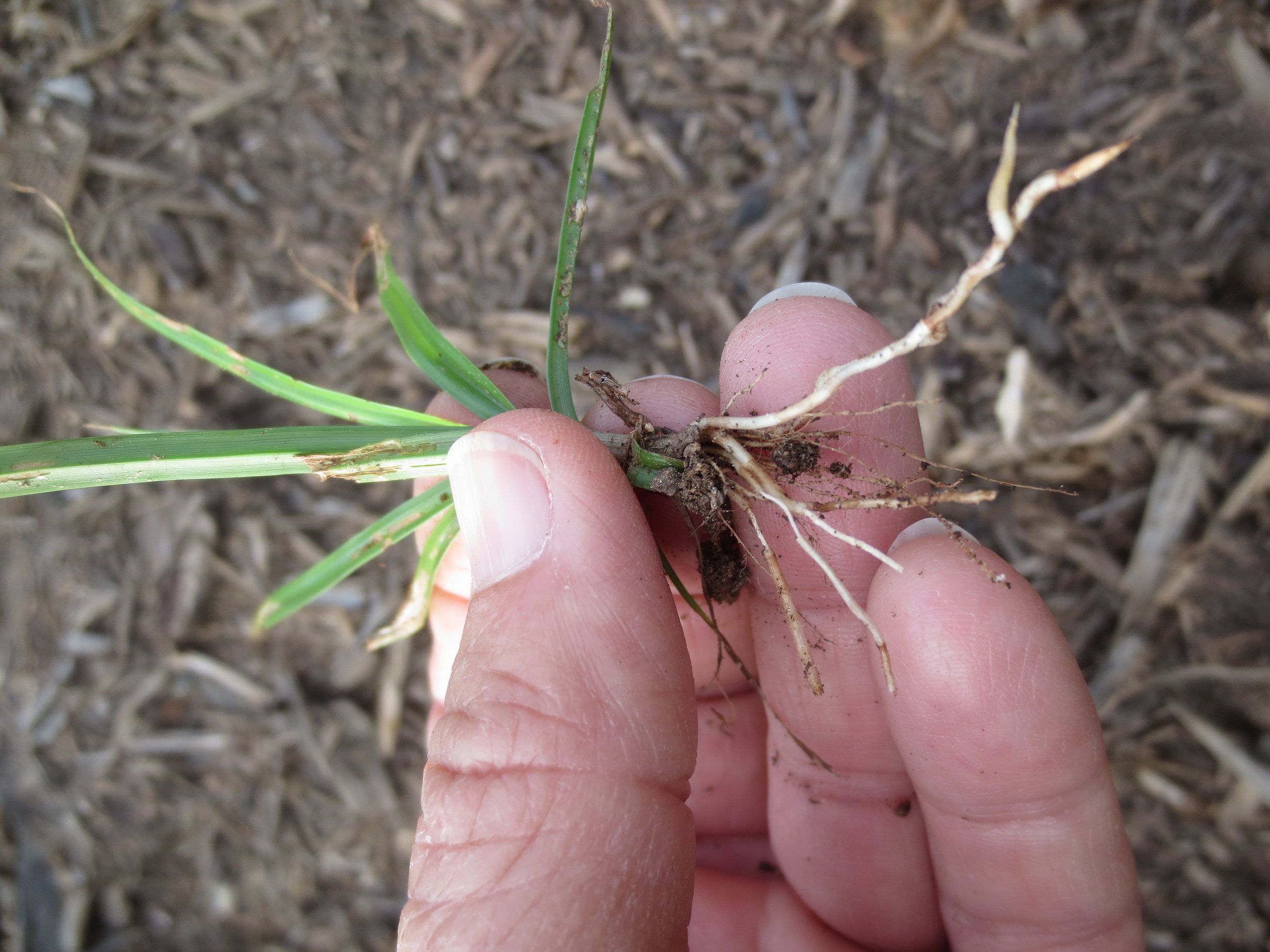
![Spurge adult[1].jpg](https://images.squarespace-cdn.com/content/v1/59d4dba48419c263977e98a2/1537321502176-TKUO6A0D3MFX527UJD05/Spurge+adult%5B1%5D.jpg)
![Spurge baby[1].jpg](https://images.squarespace-cdn.com/content/v1/59d4dba48419c263977e98a2/1537321574497-HLNI8TNTSFNO5QNSIE4Q/Spurge+baby%5B1%5D.jpg)

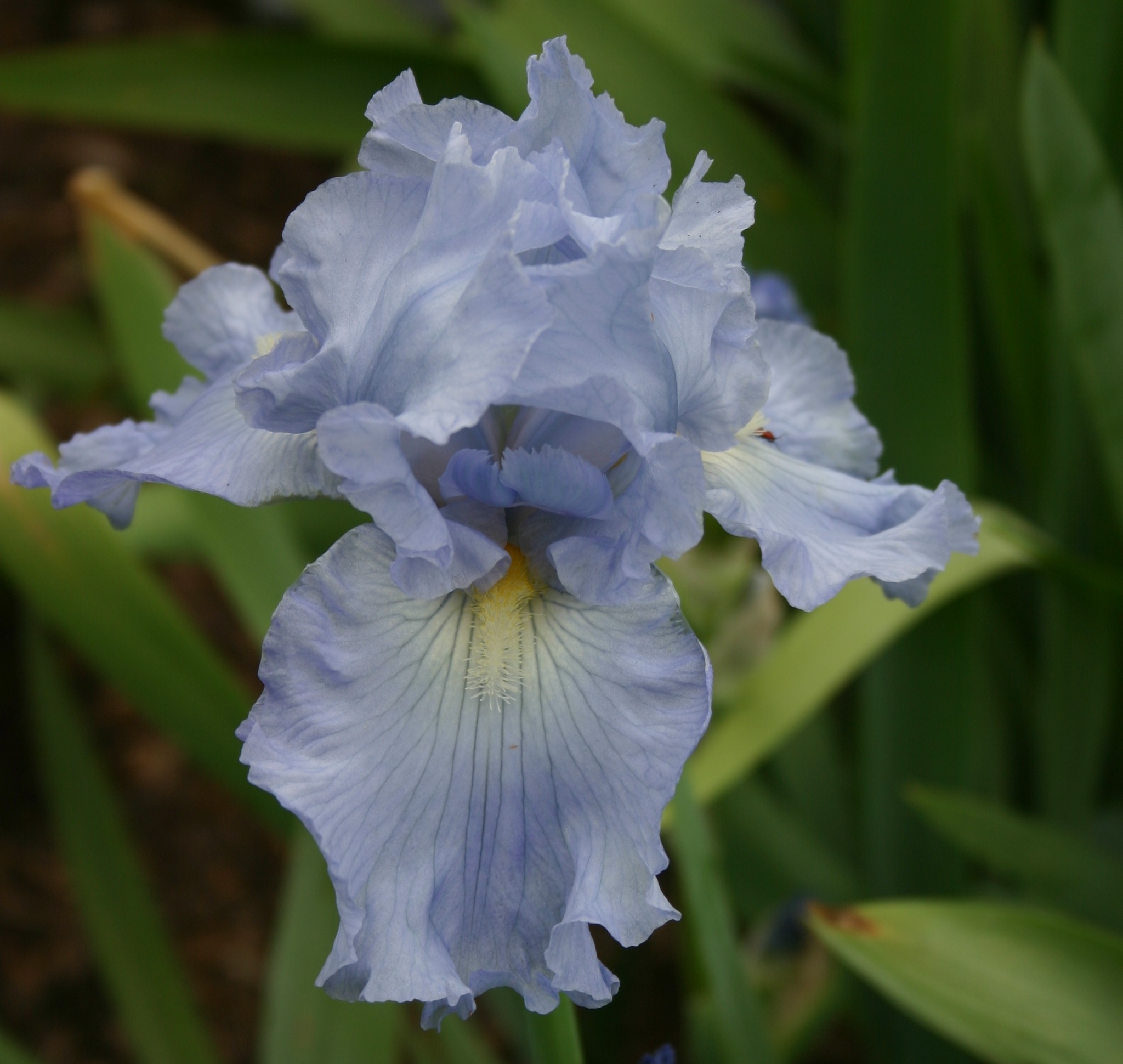
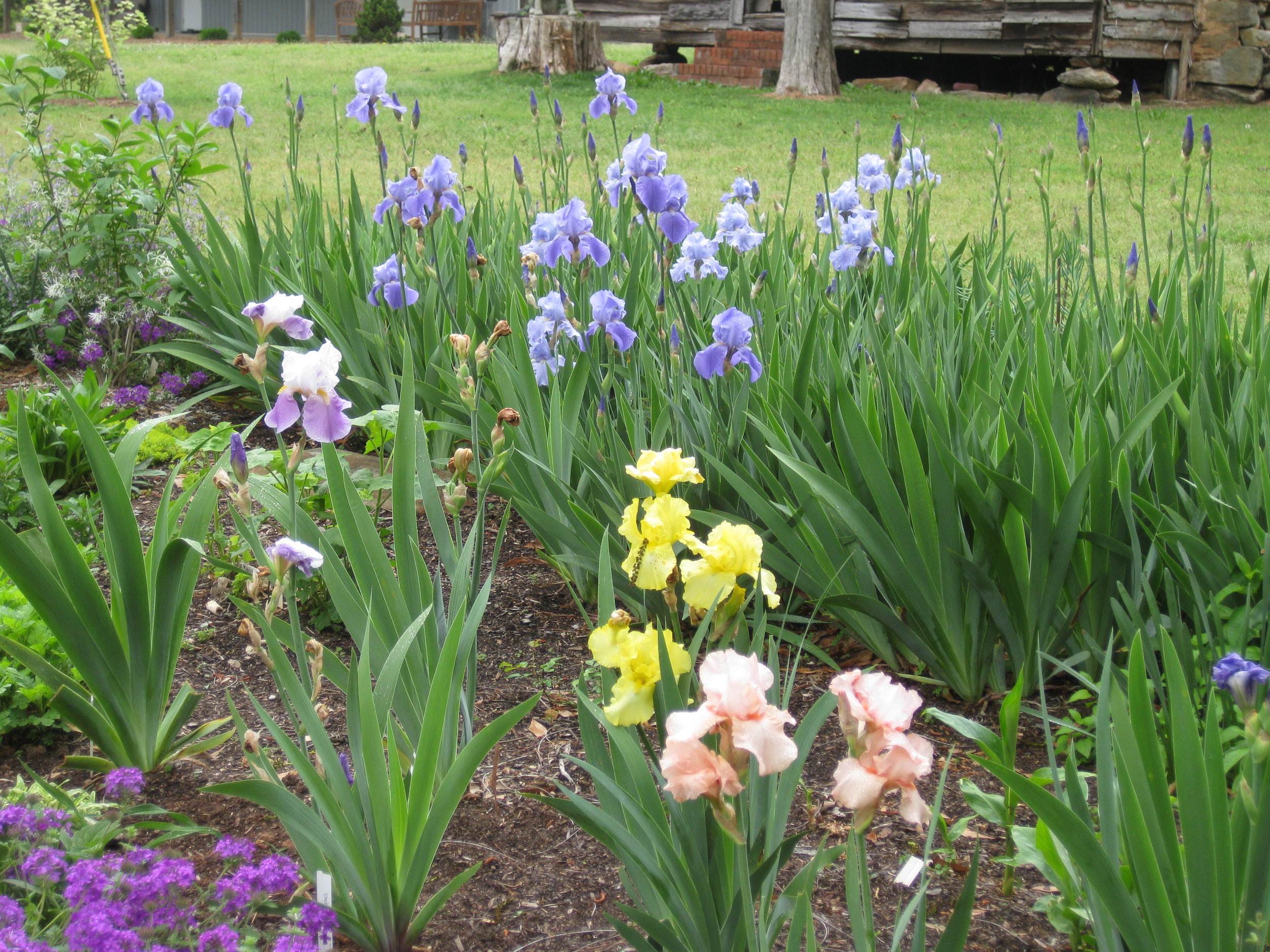
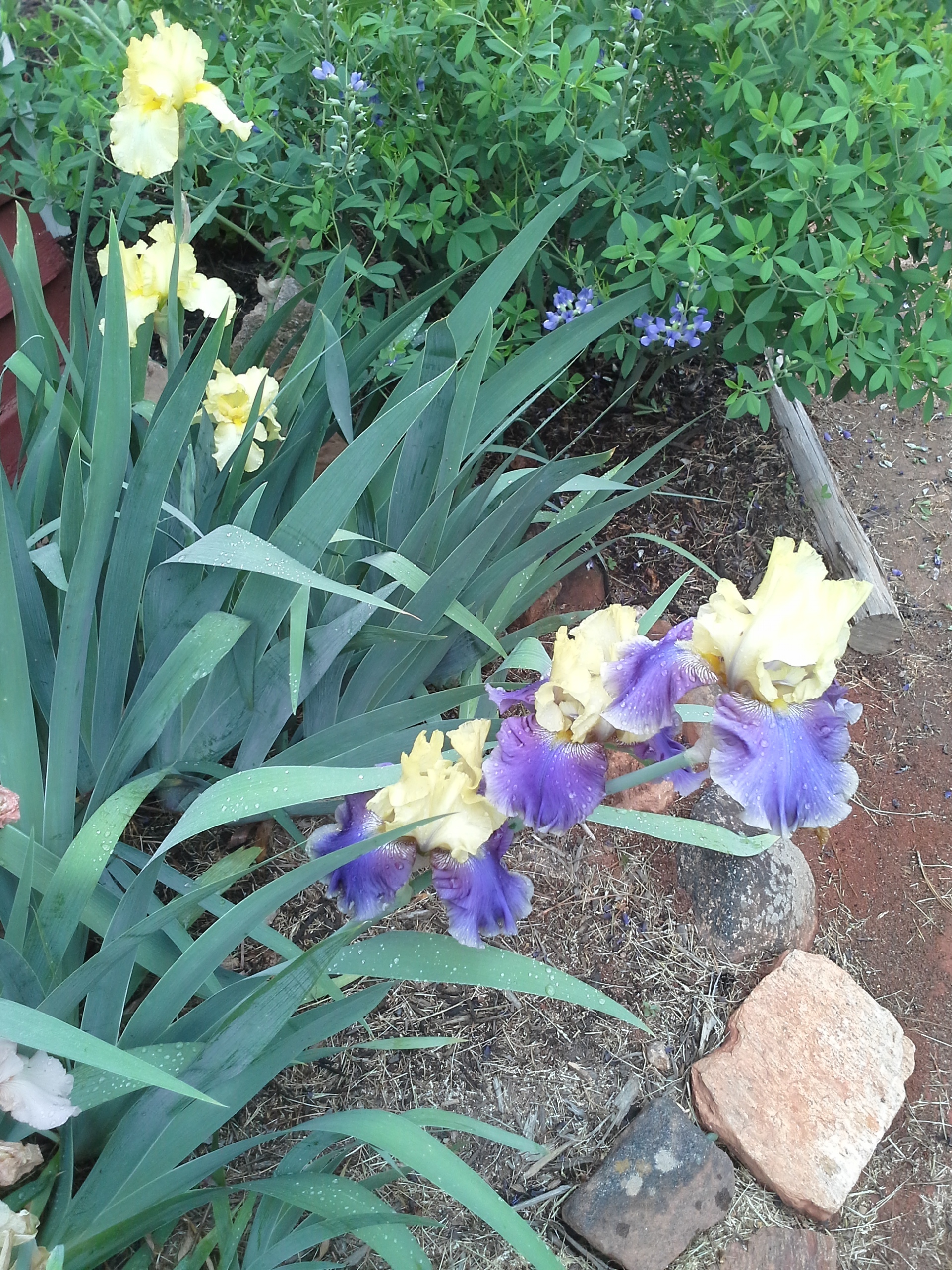
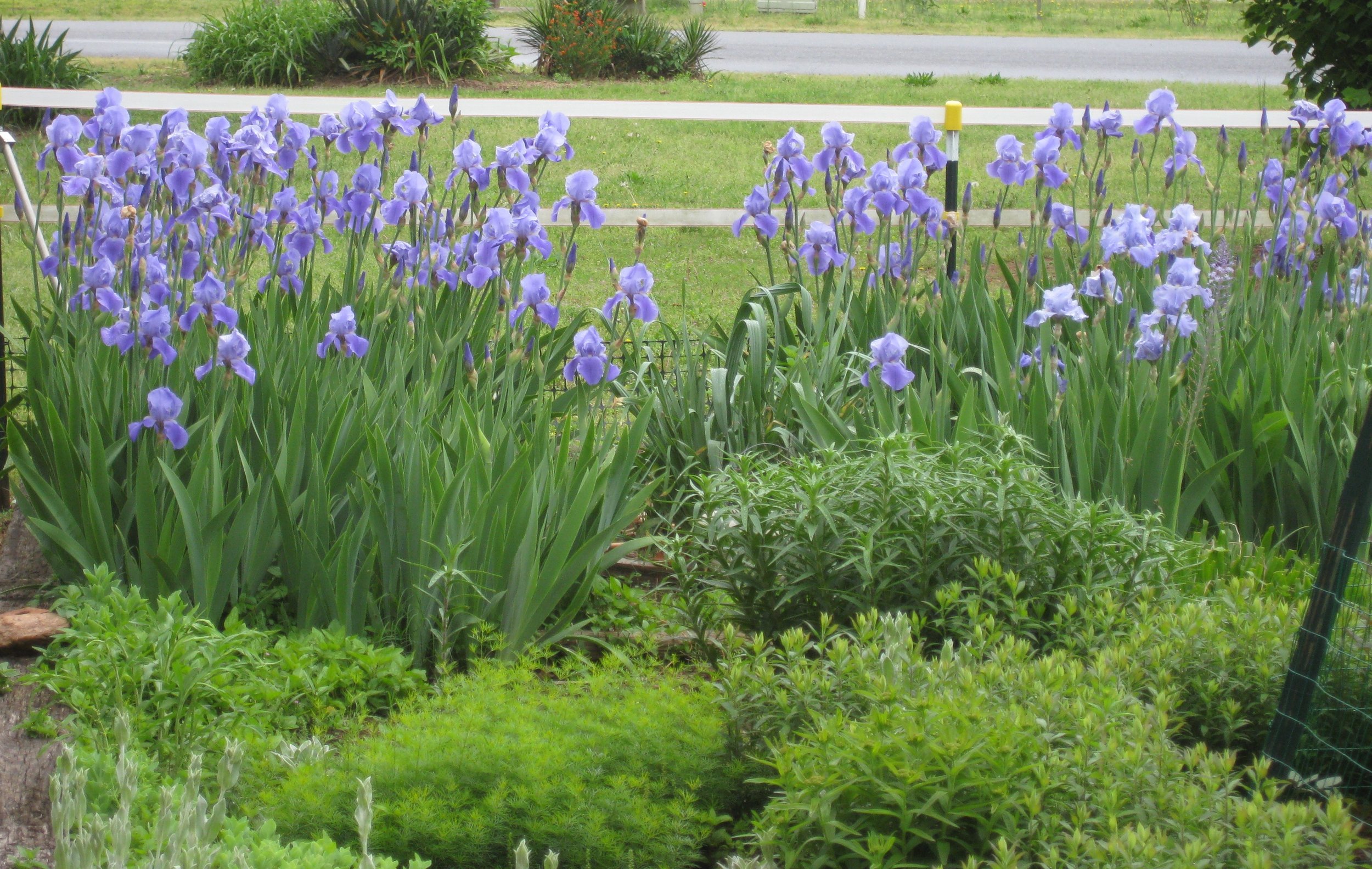
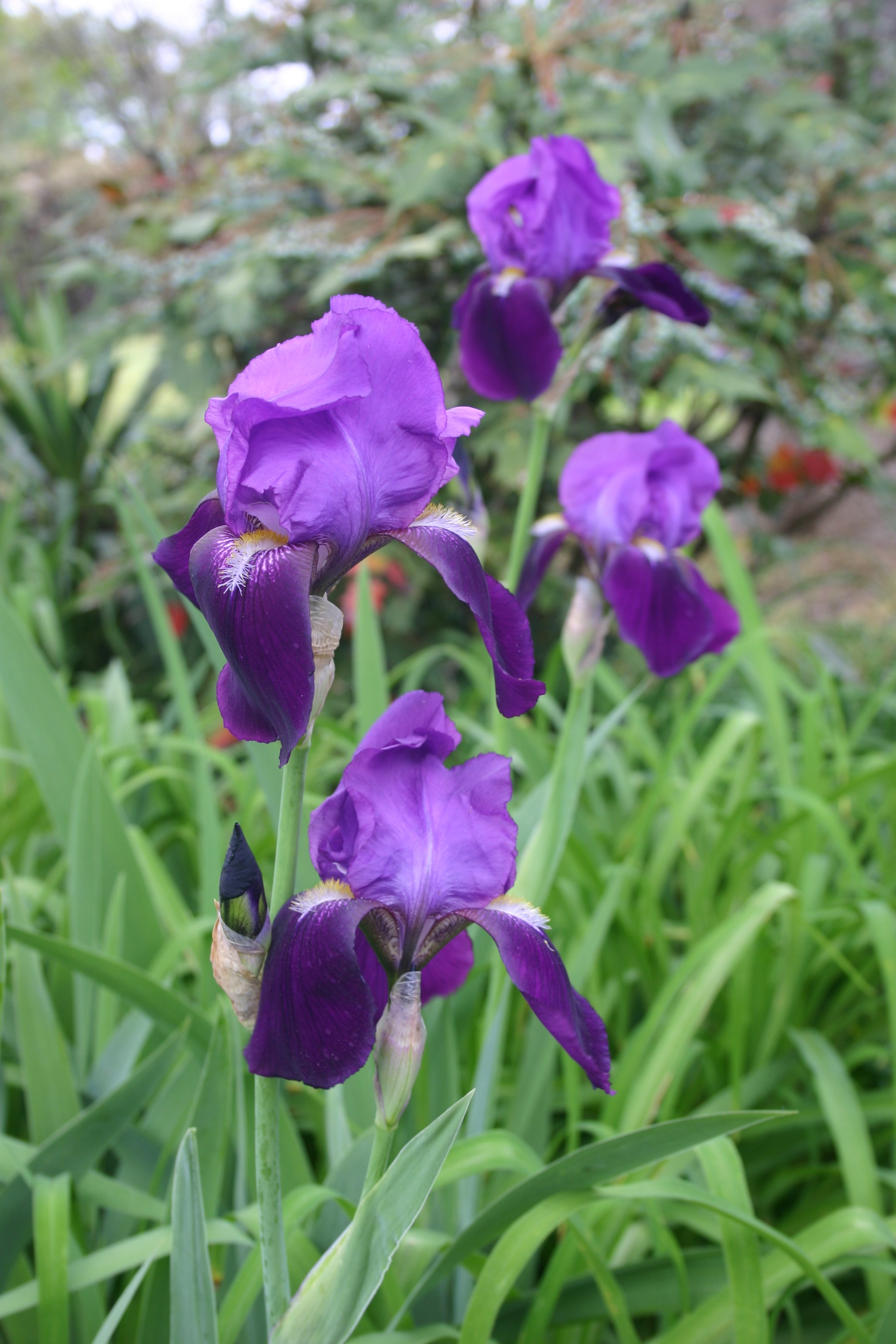
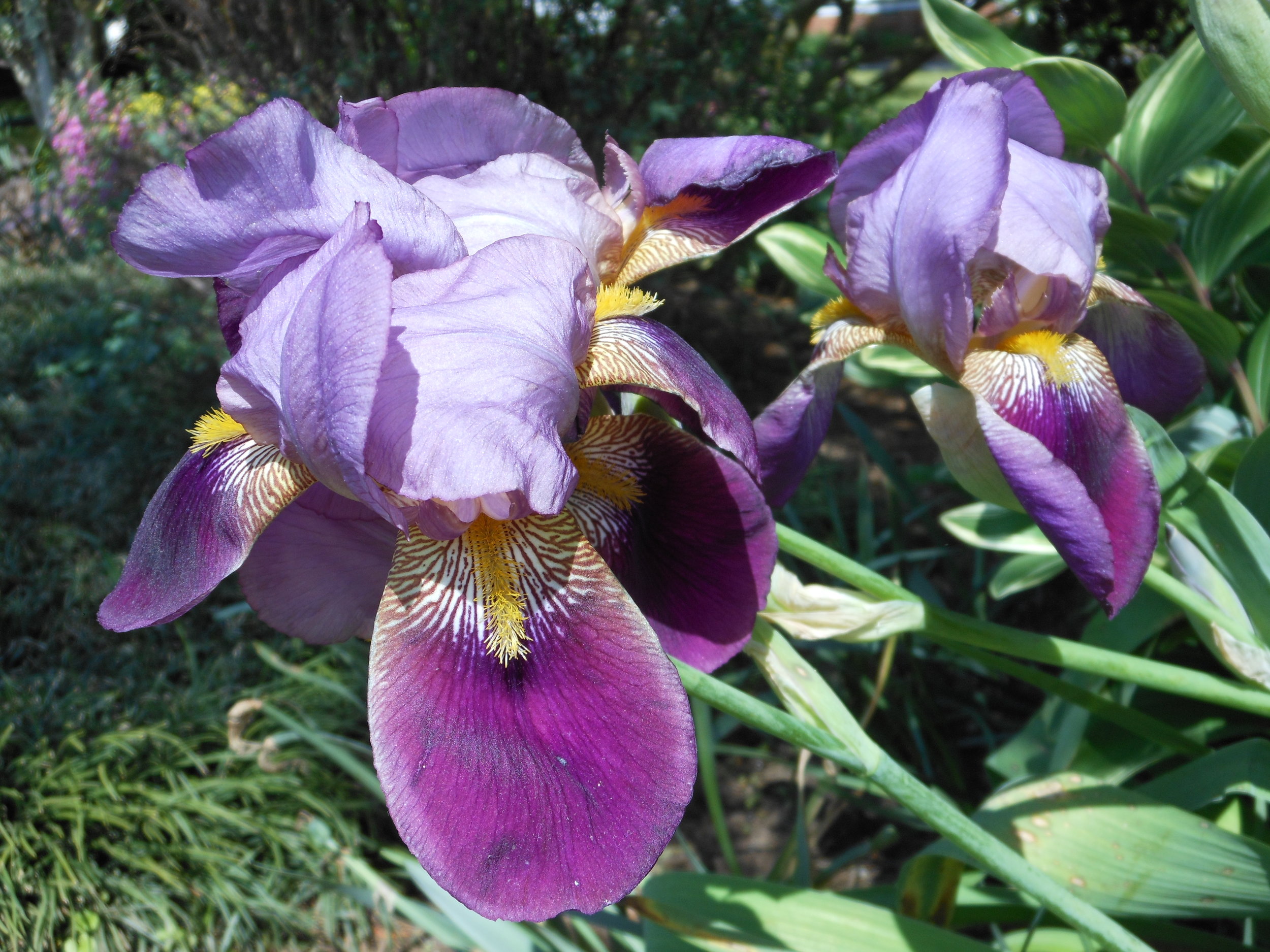

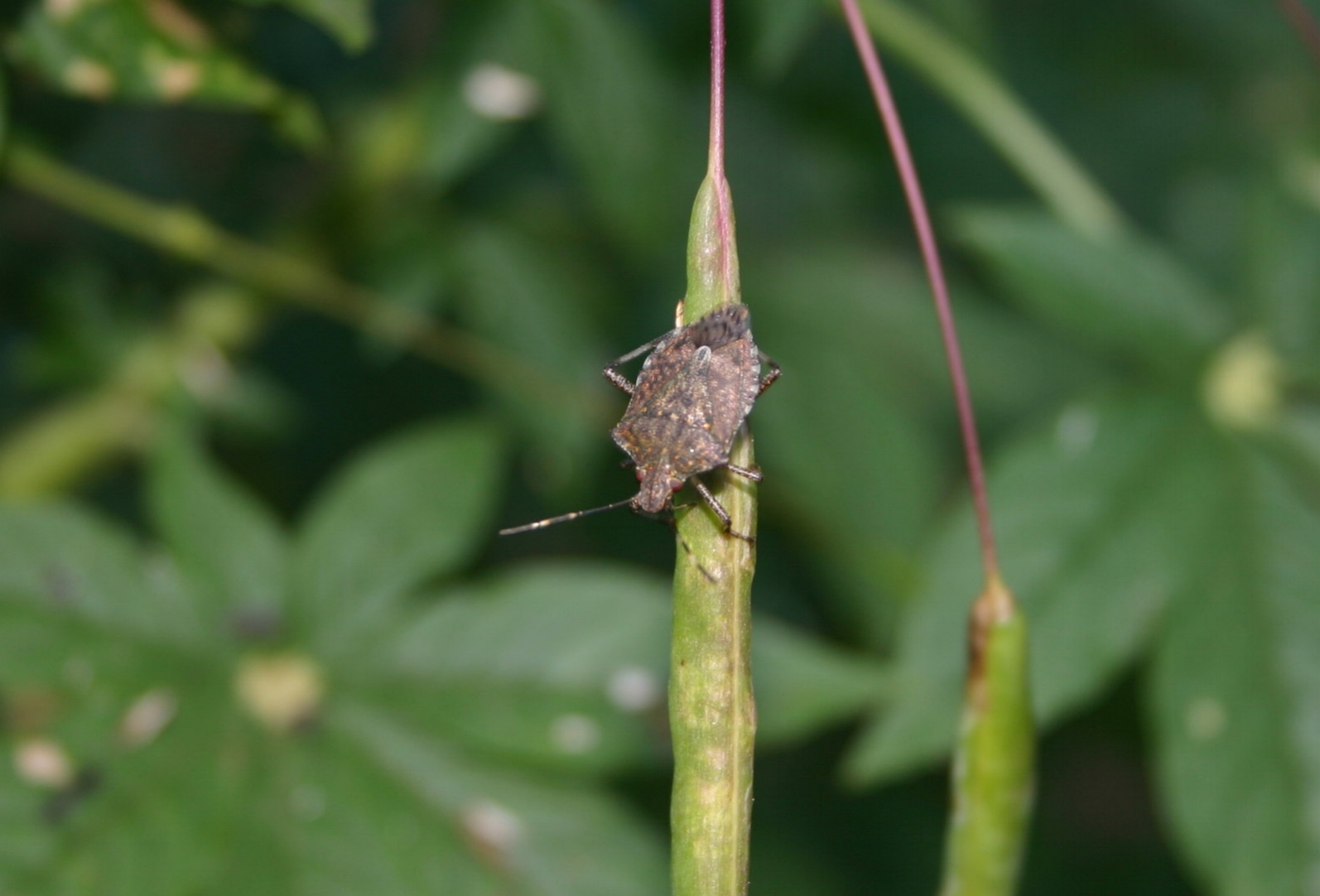
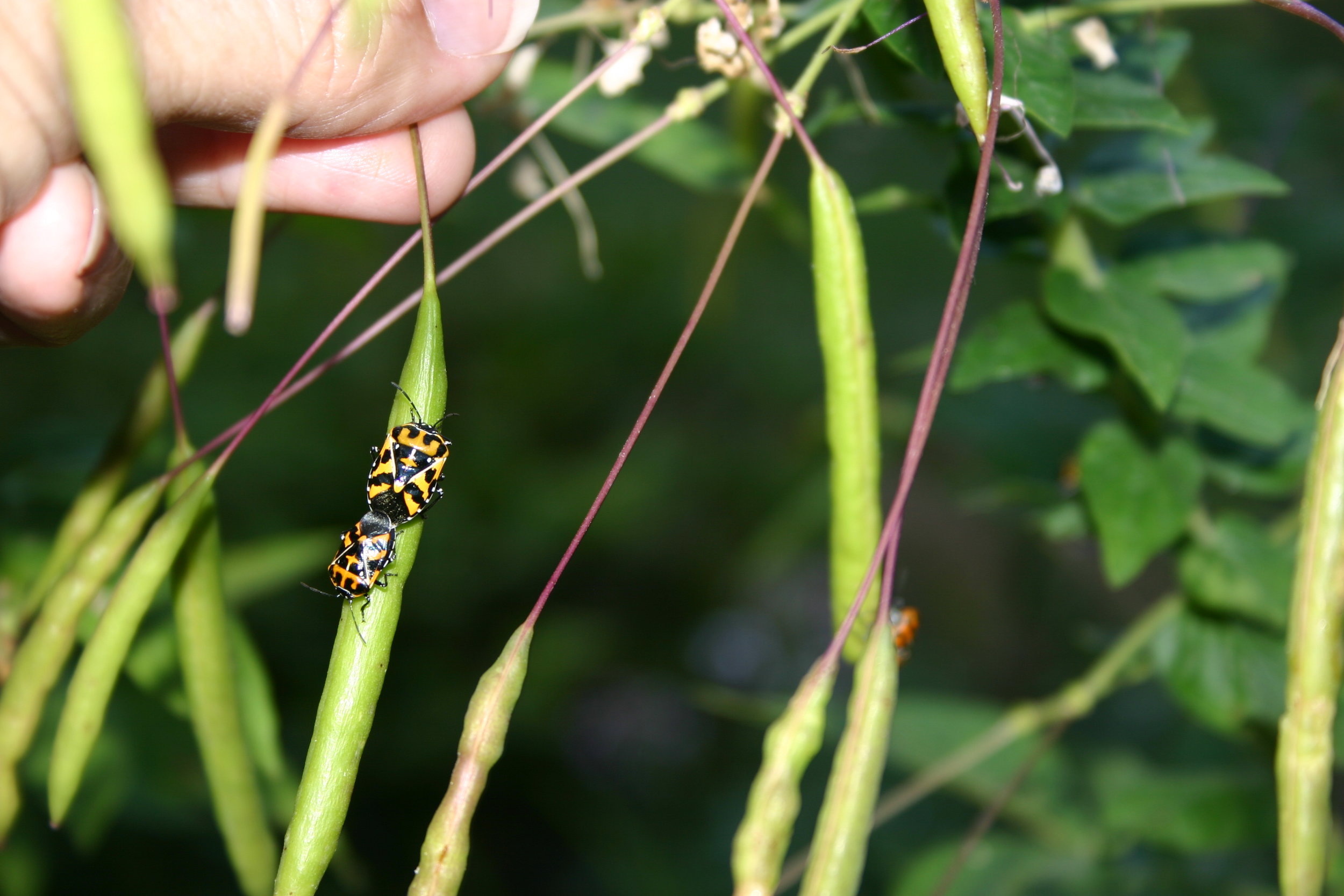
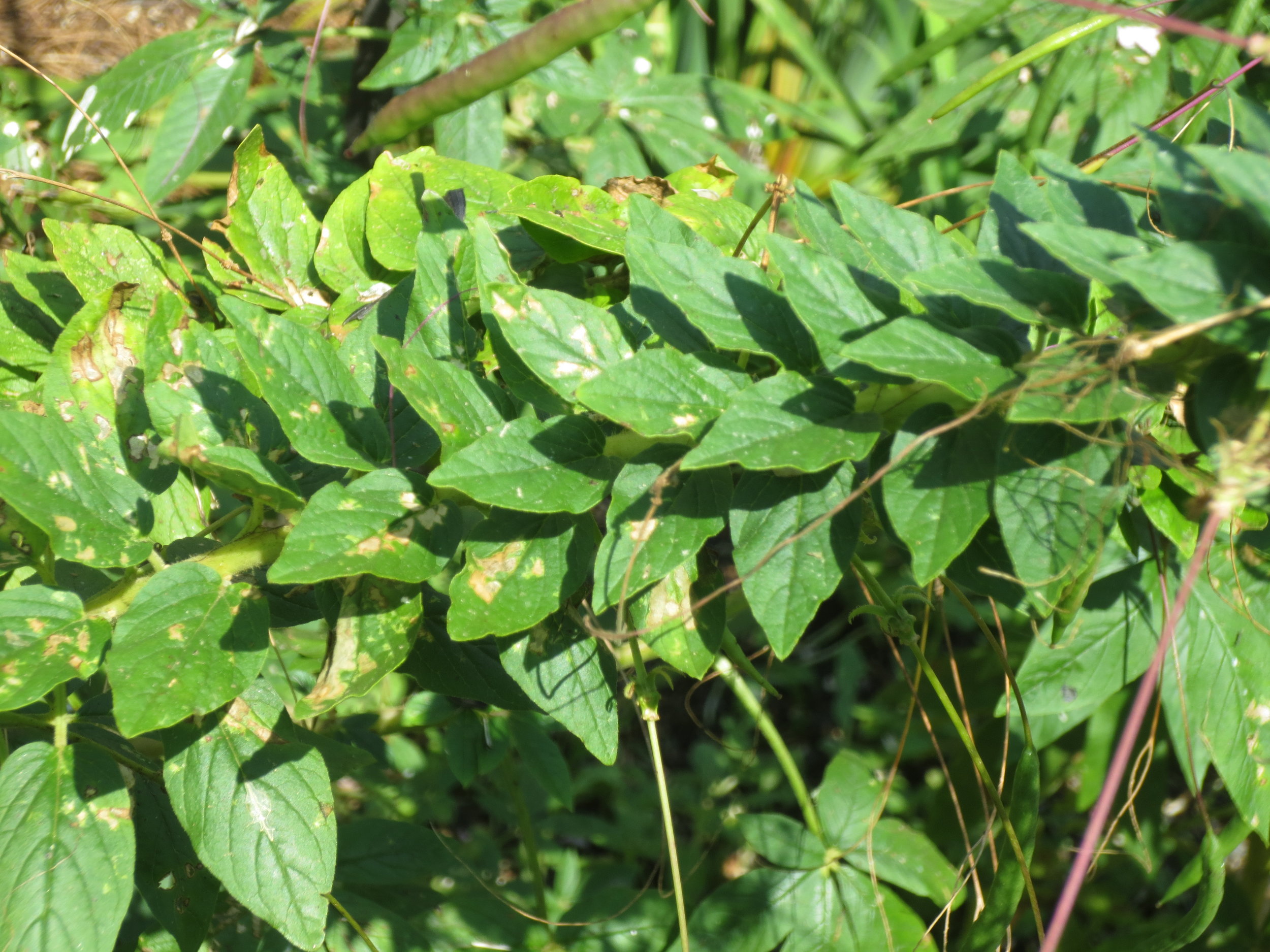
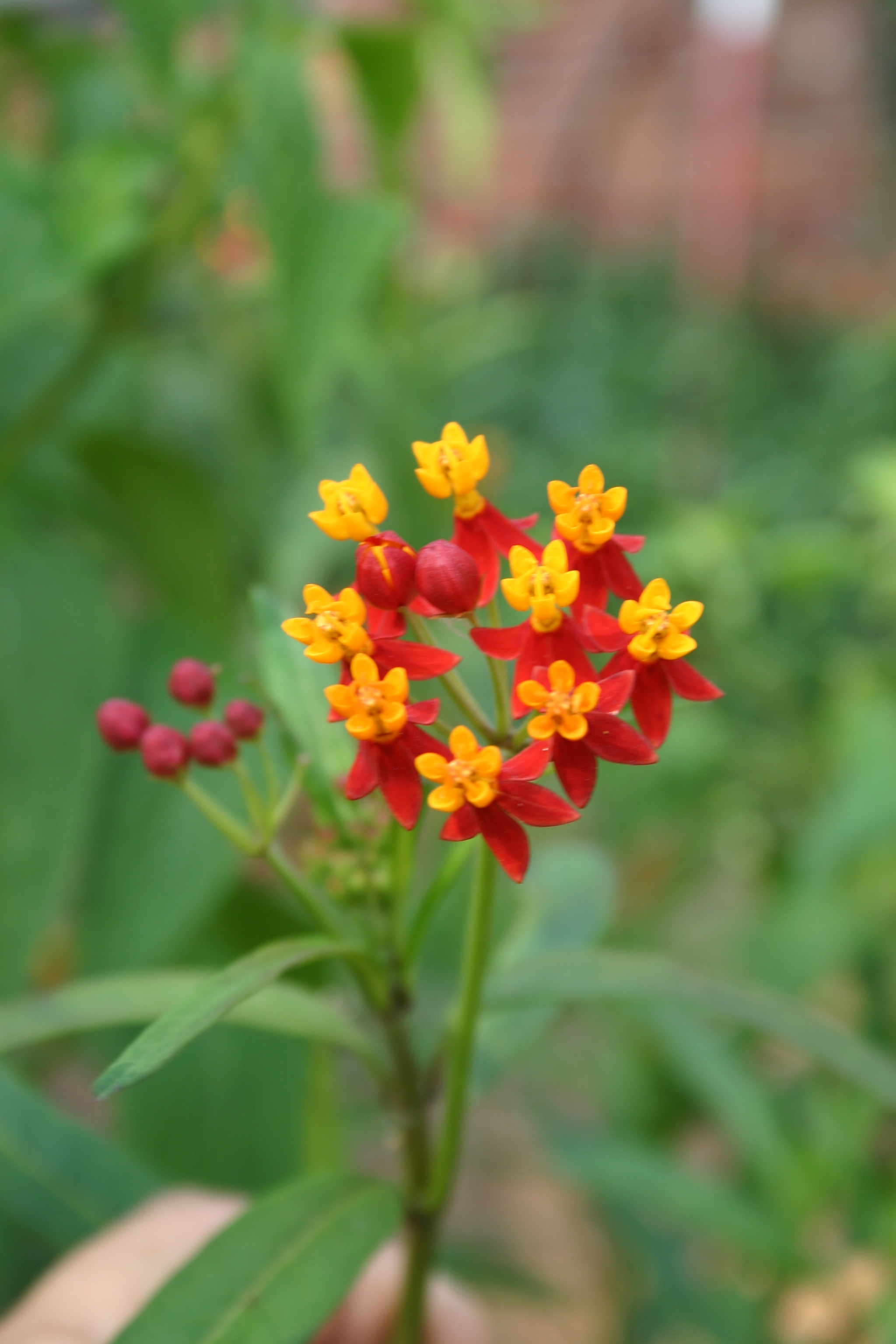
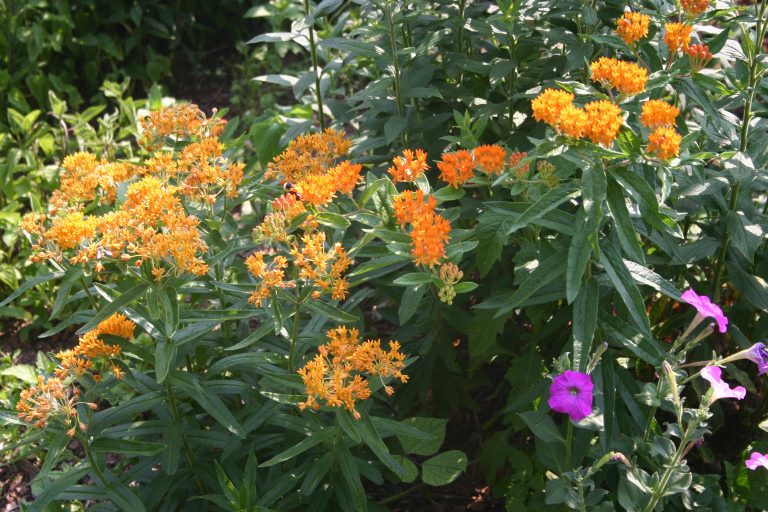
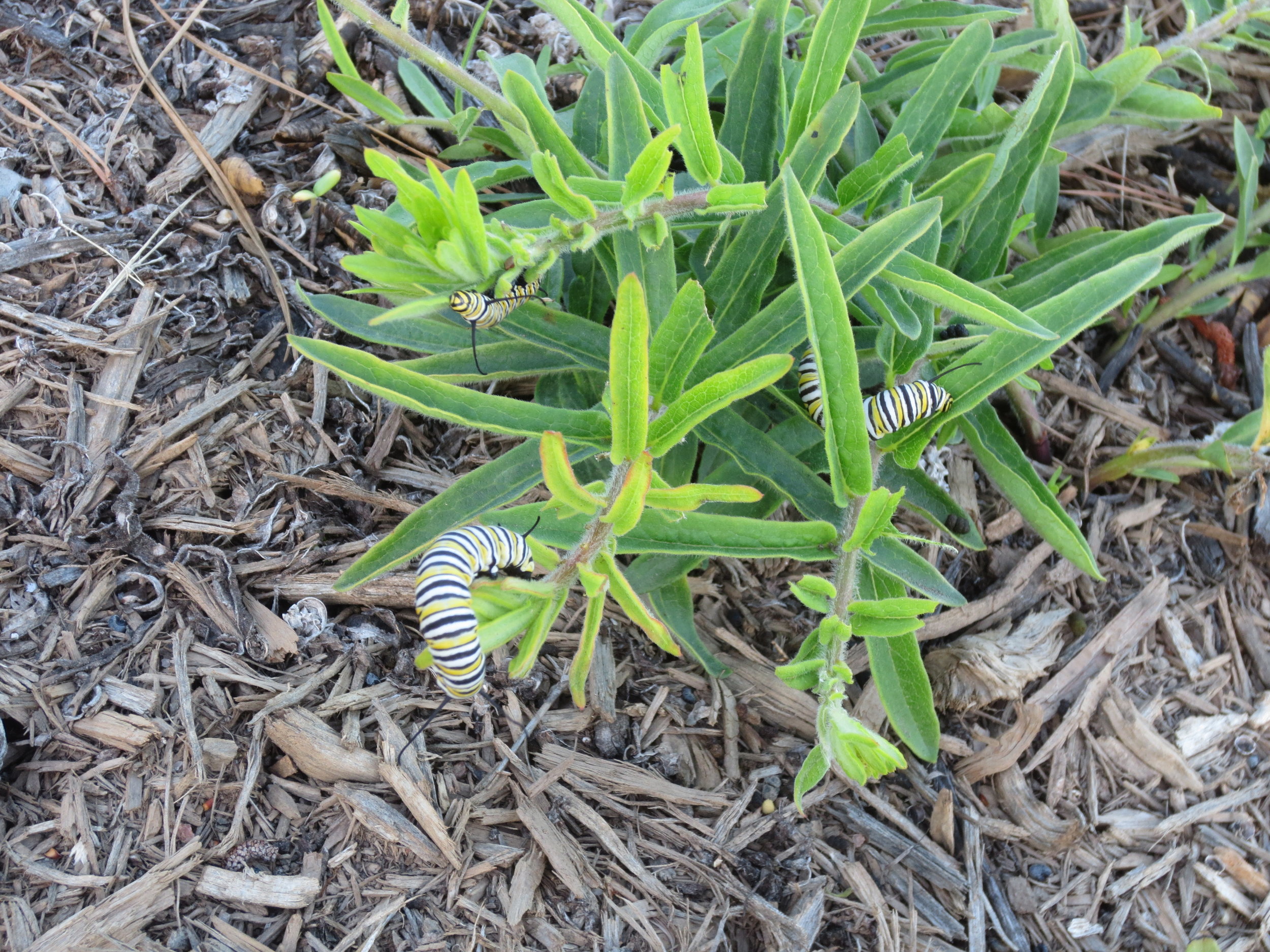

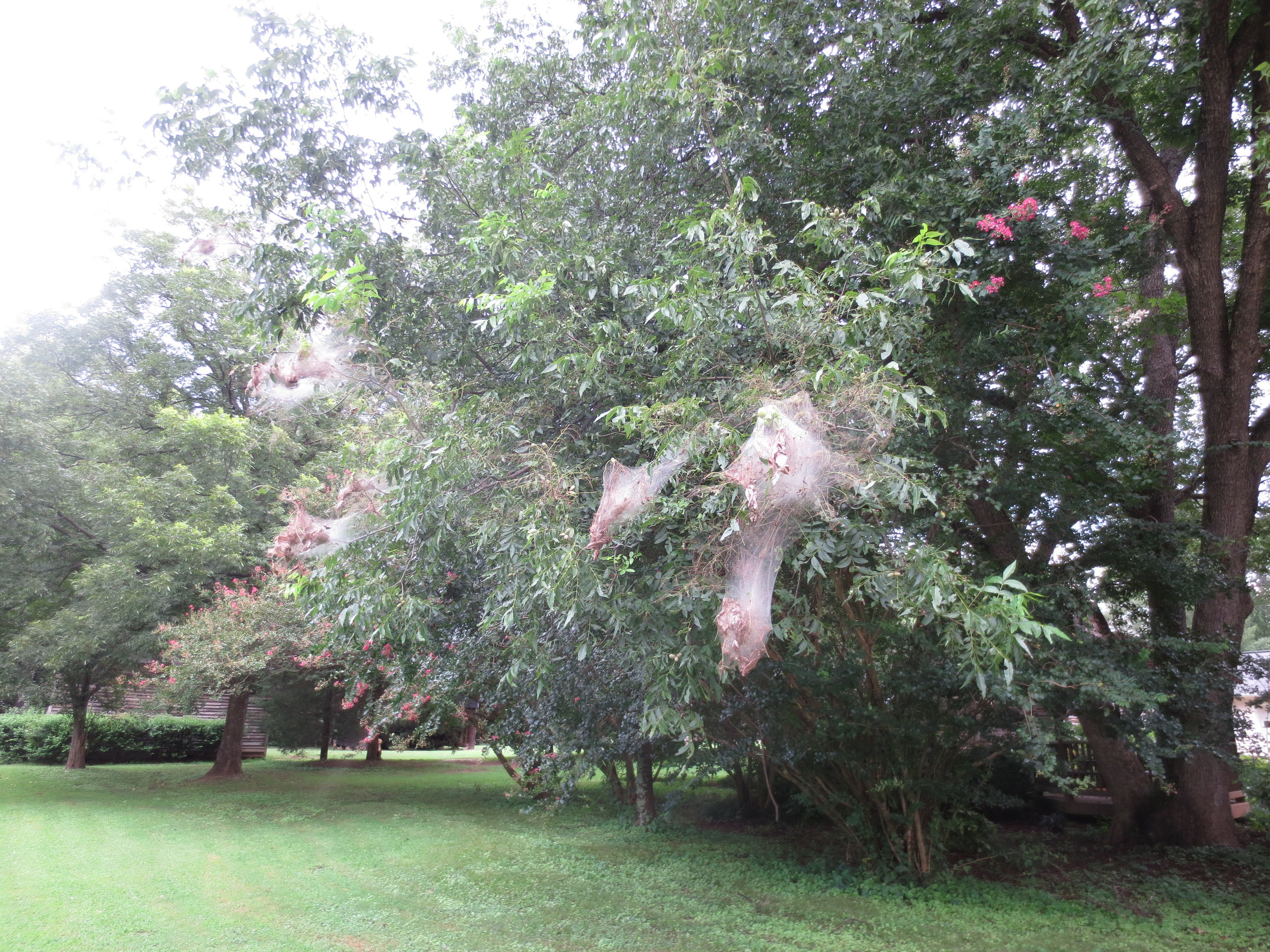
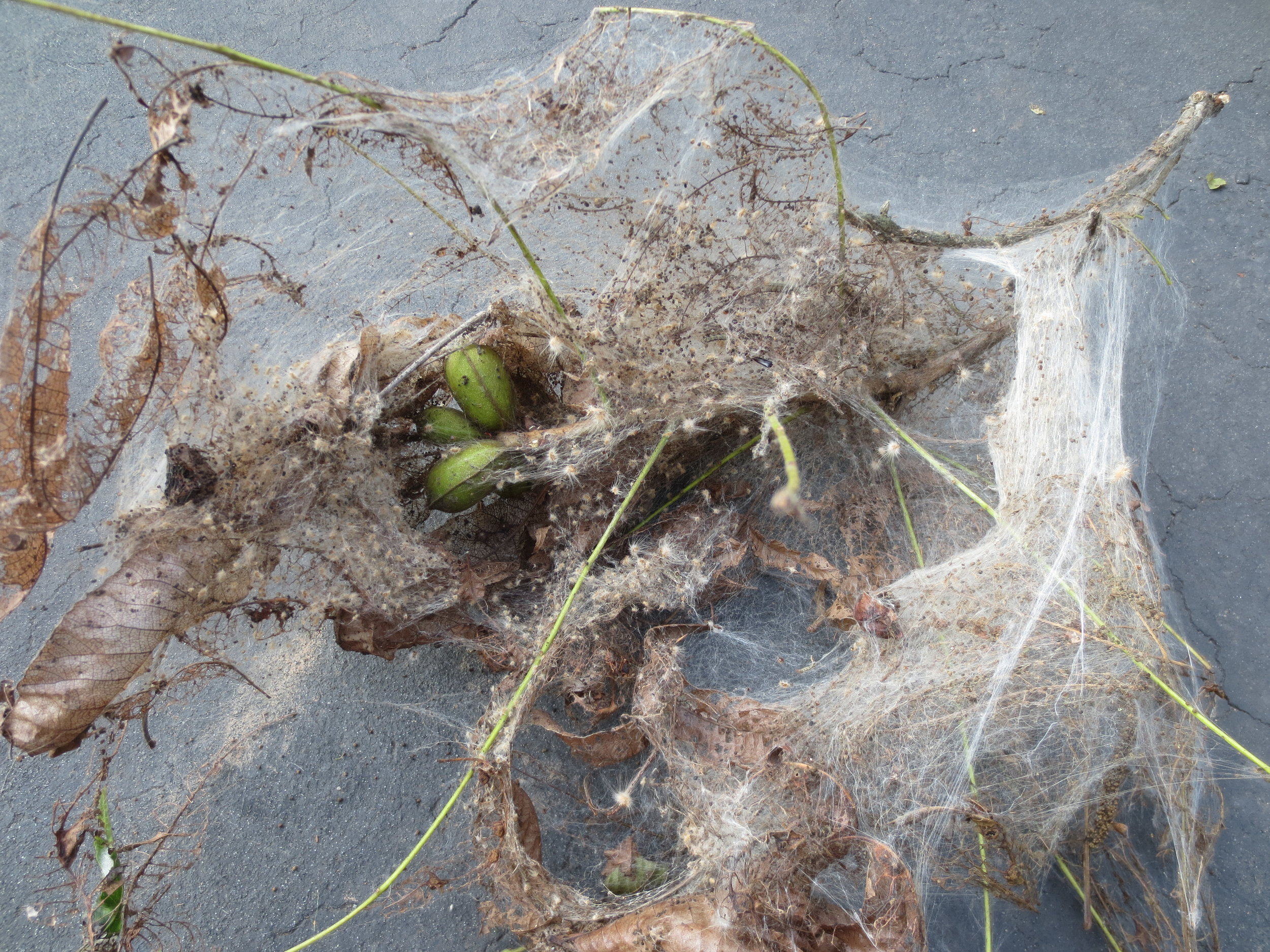
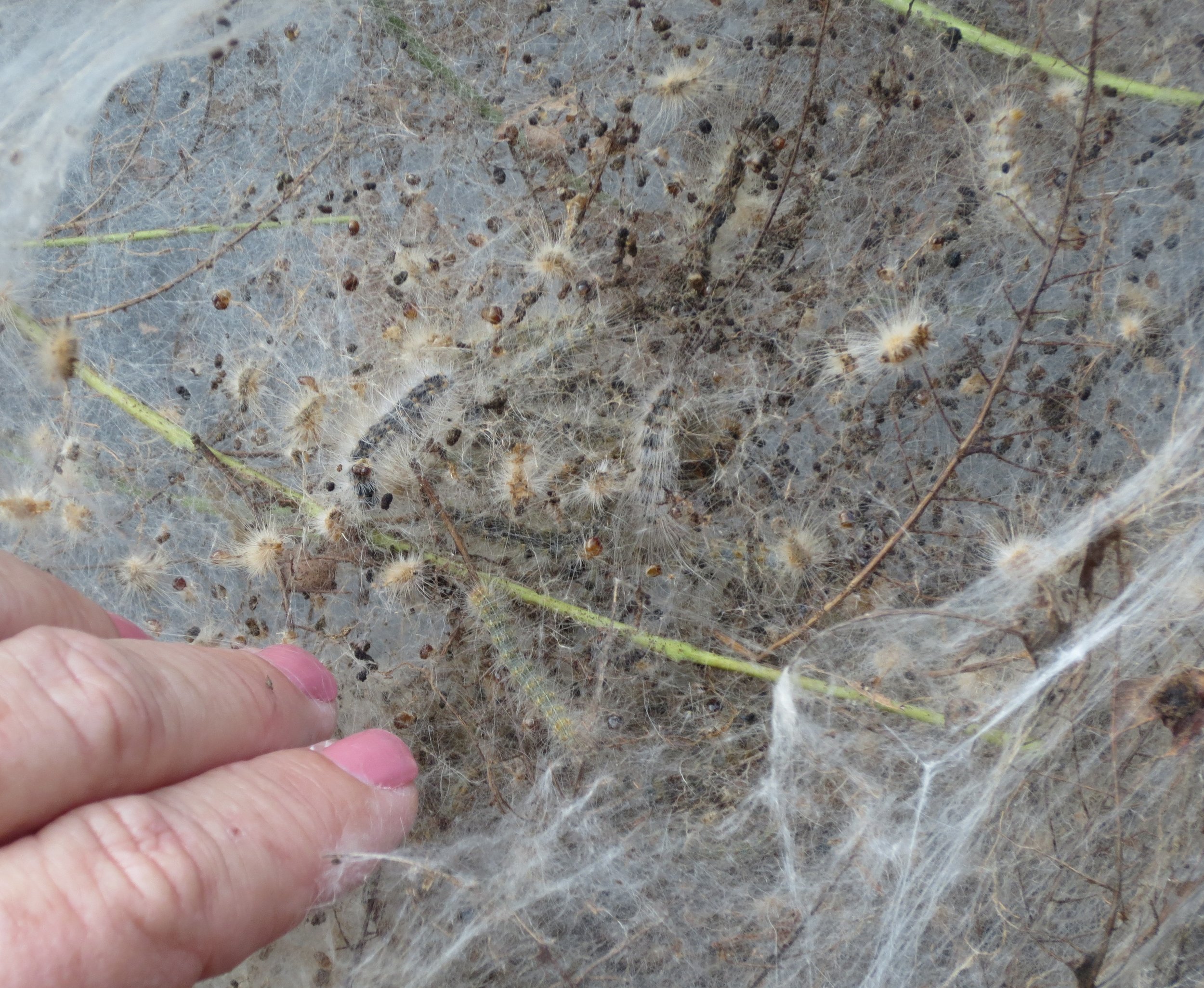

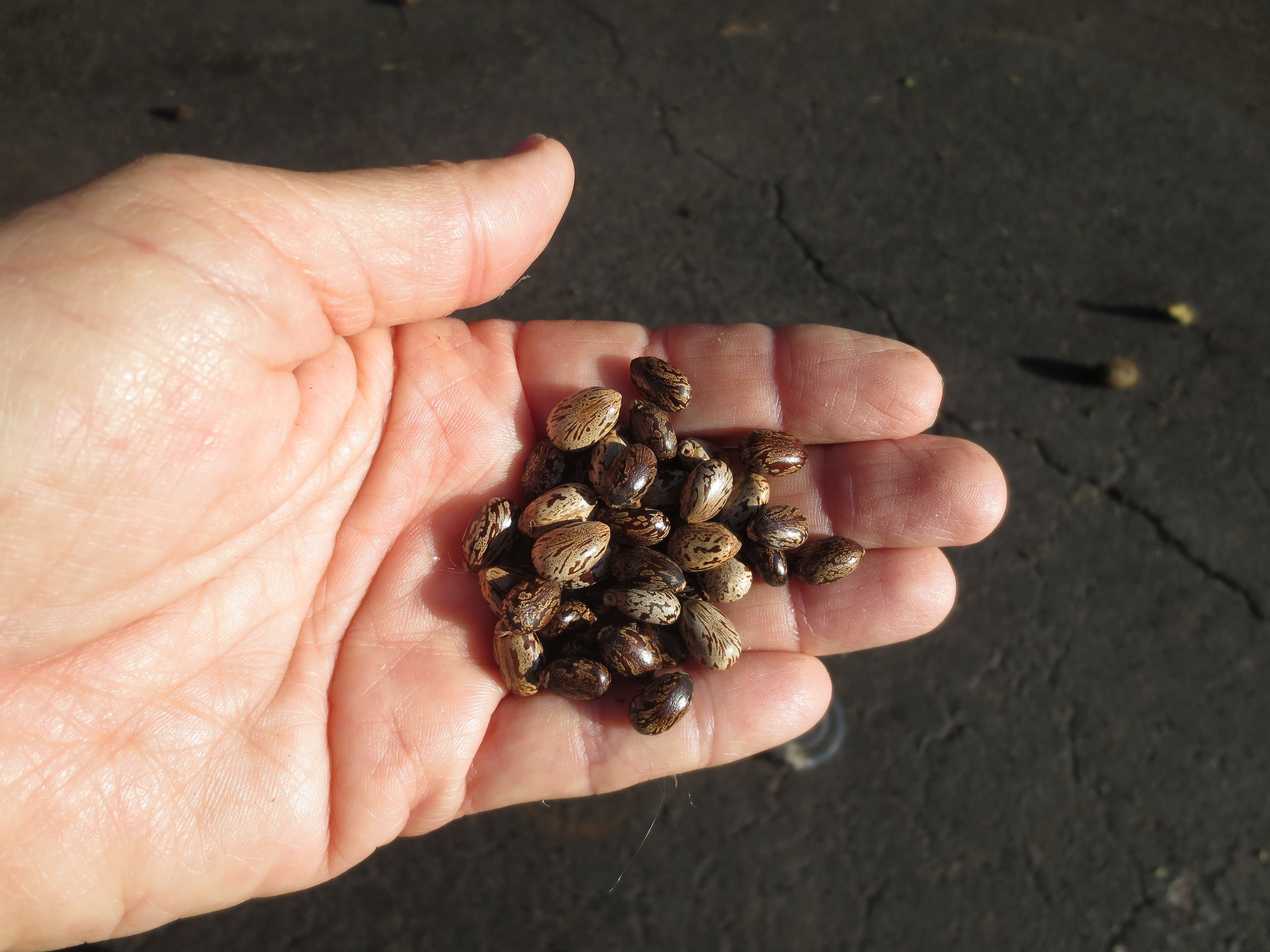
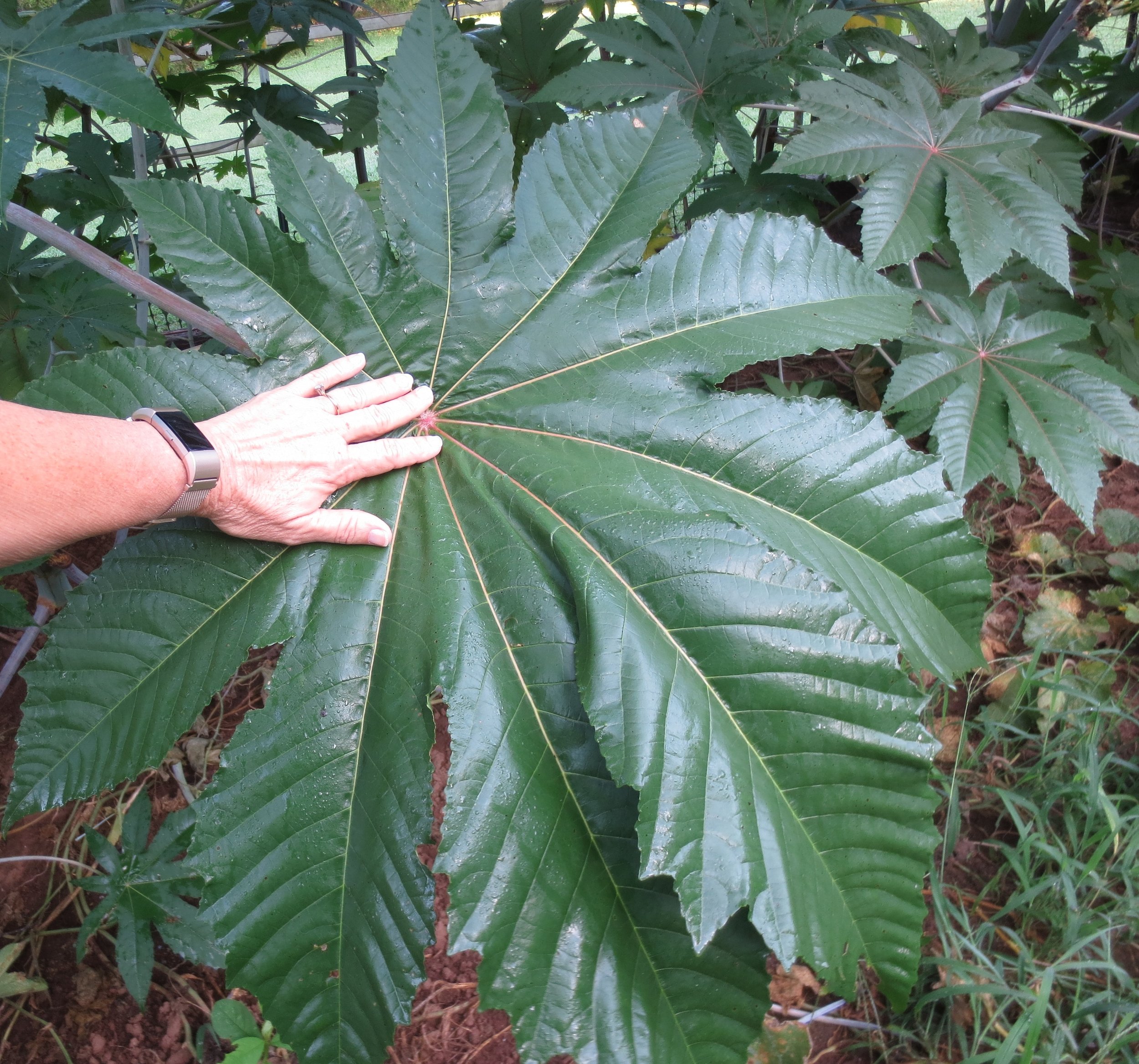
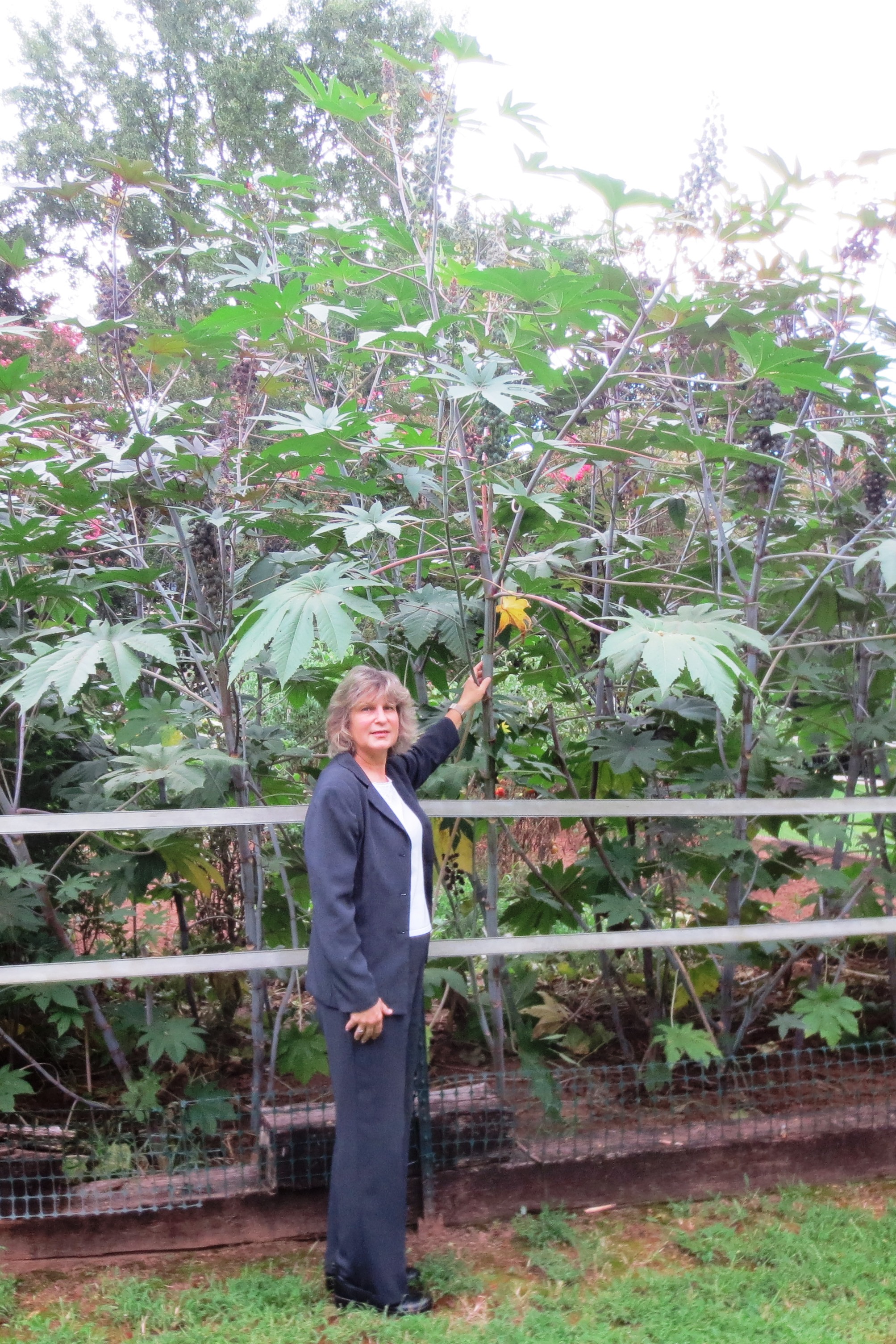
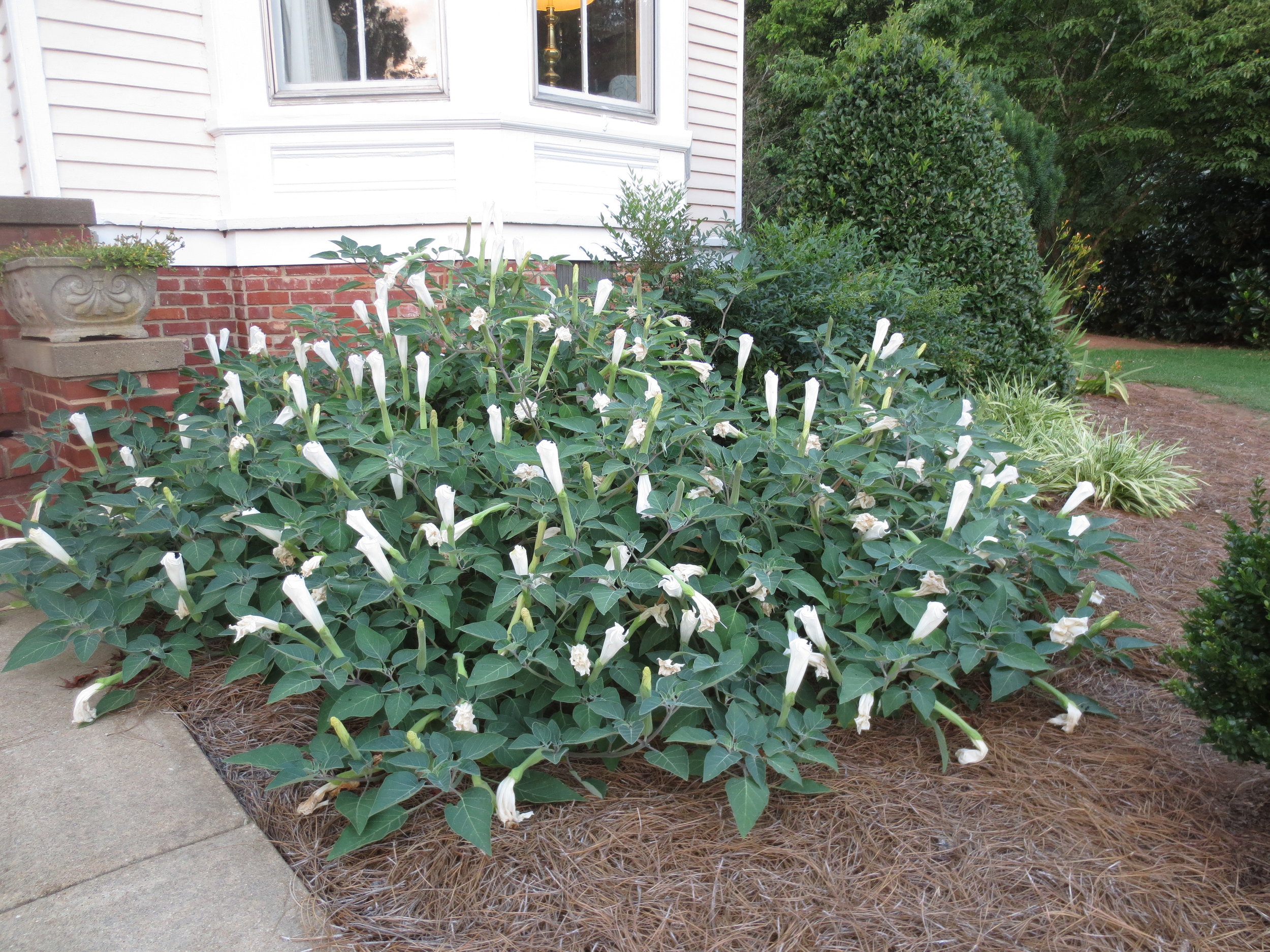
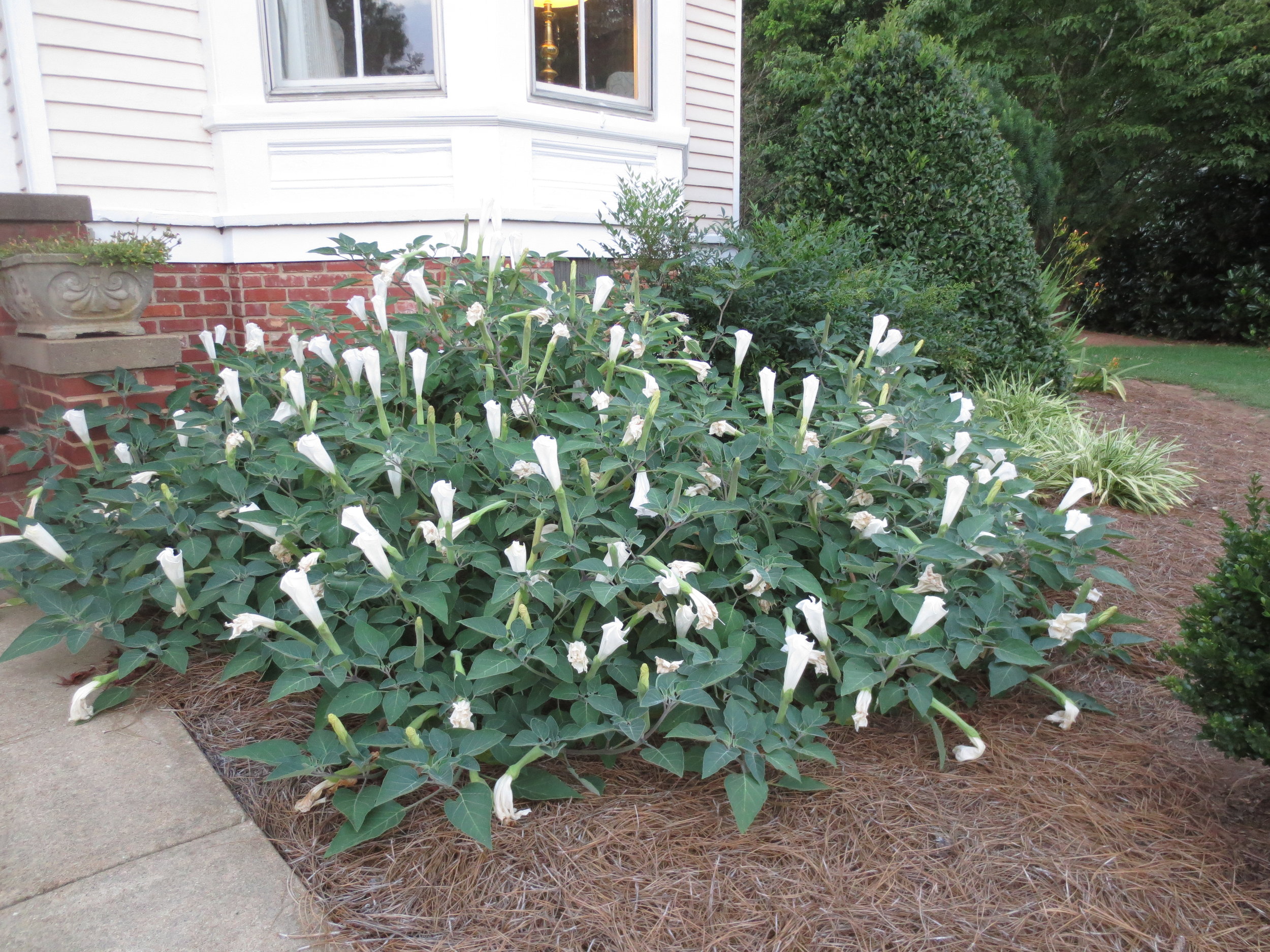
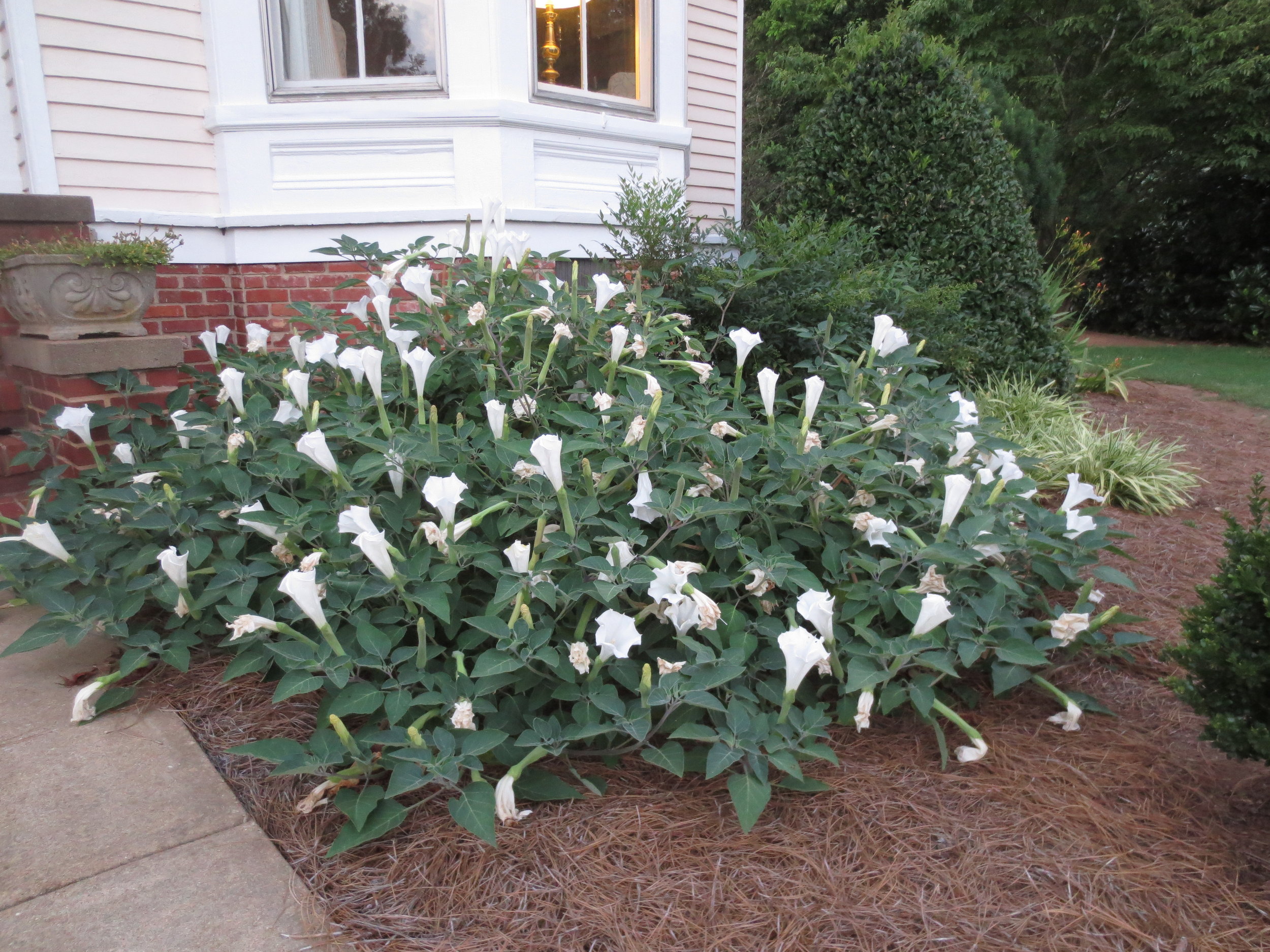
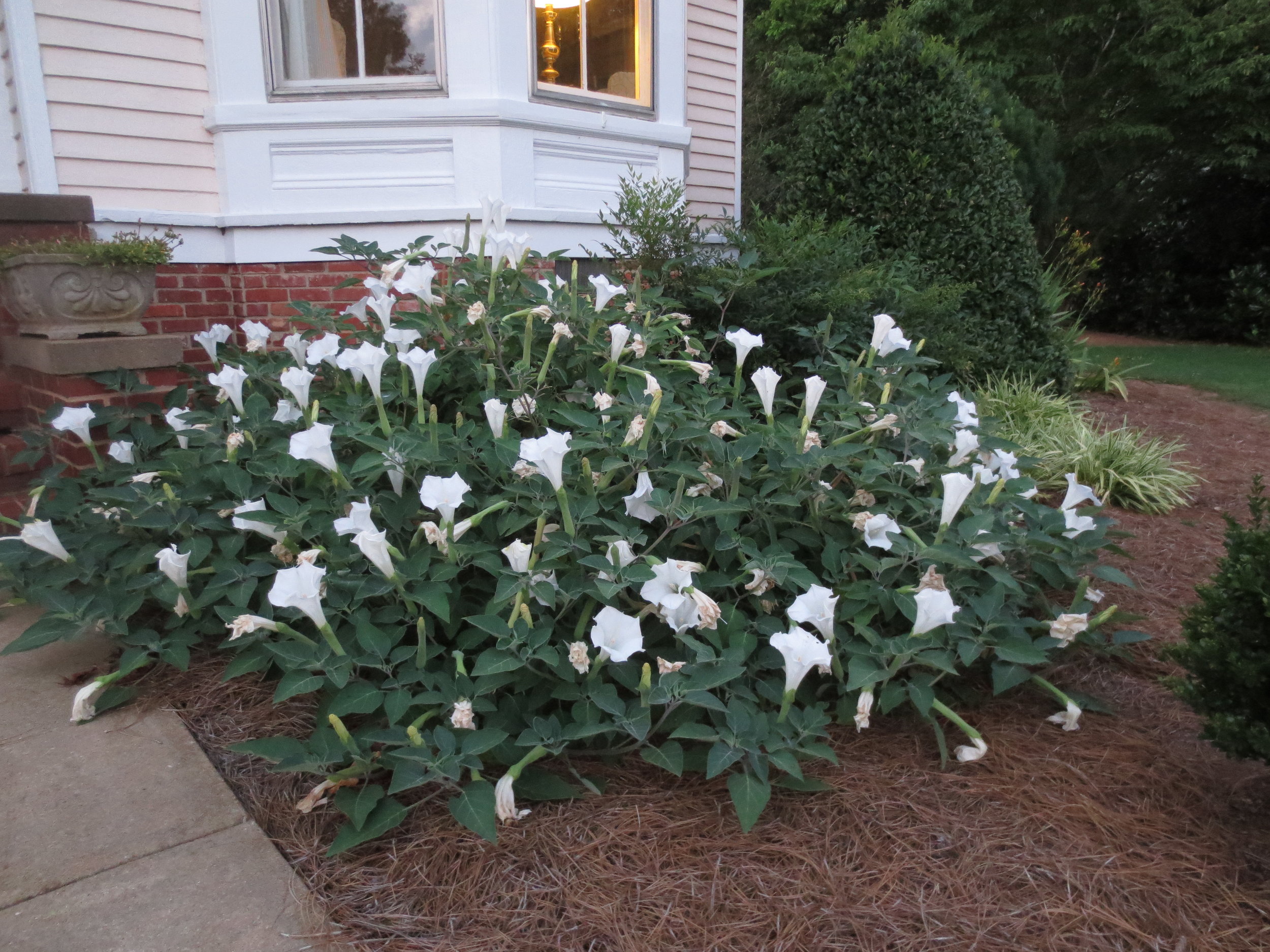
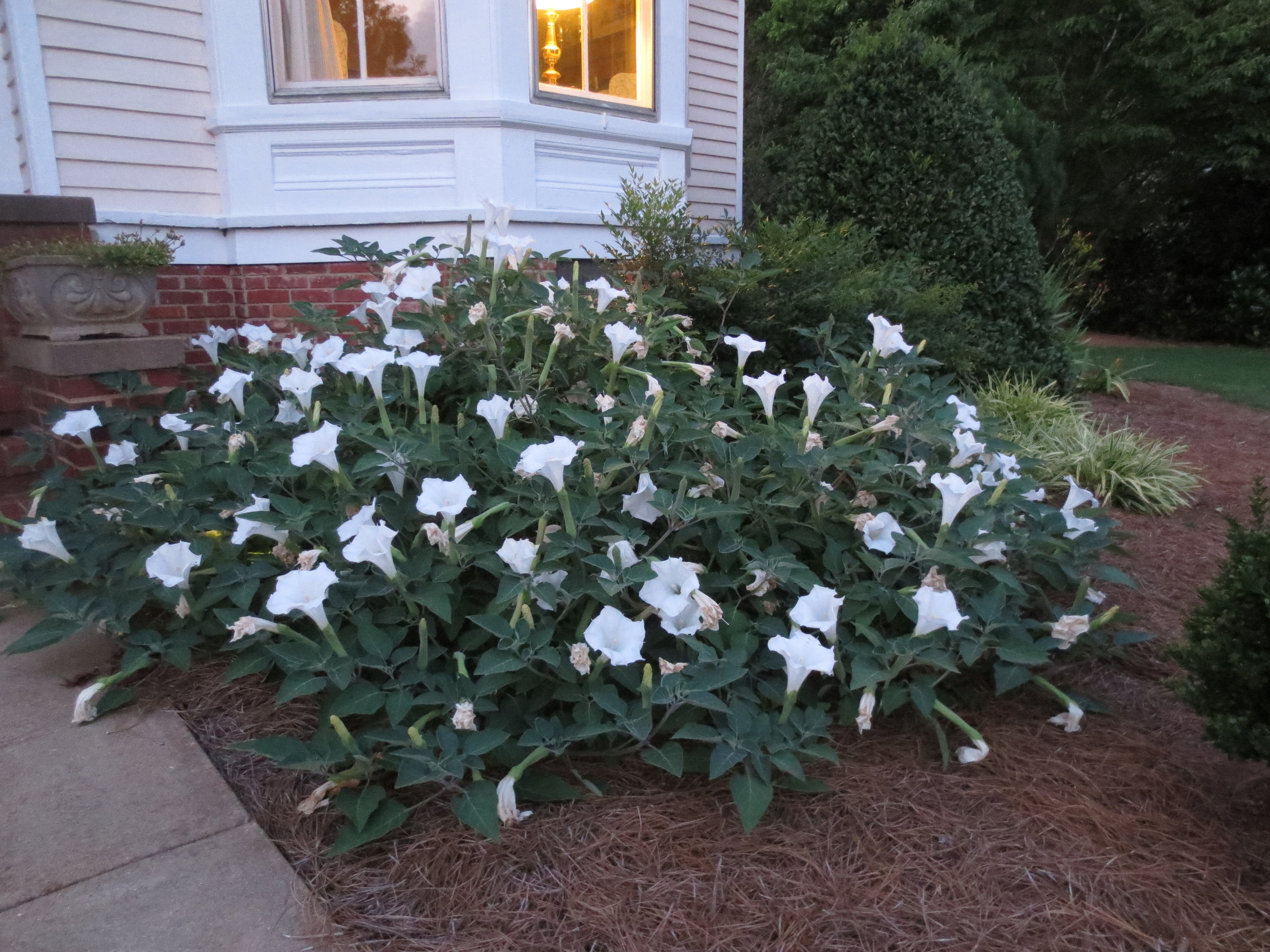
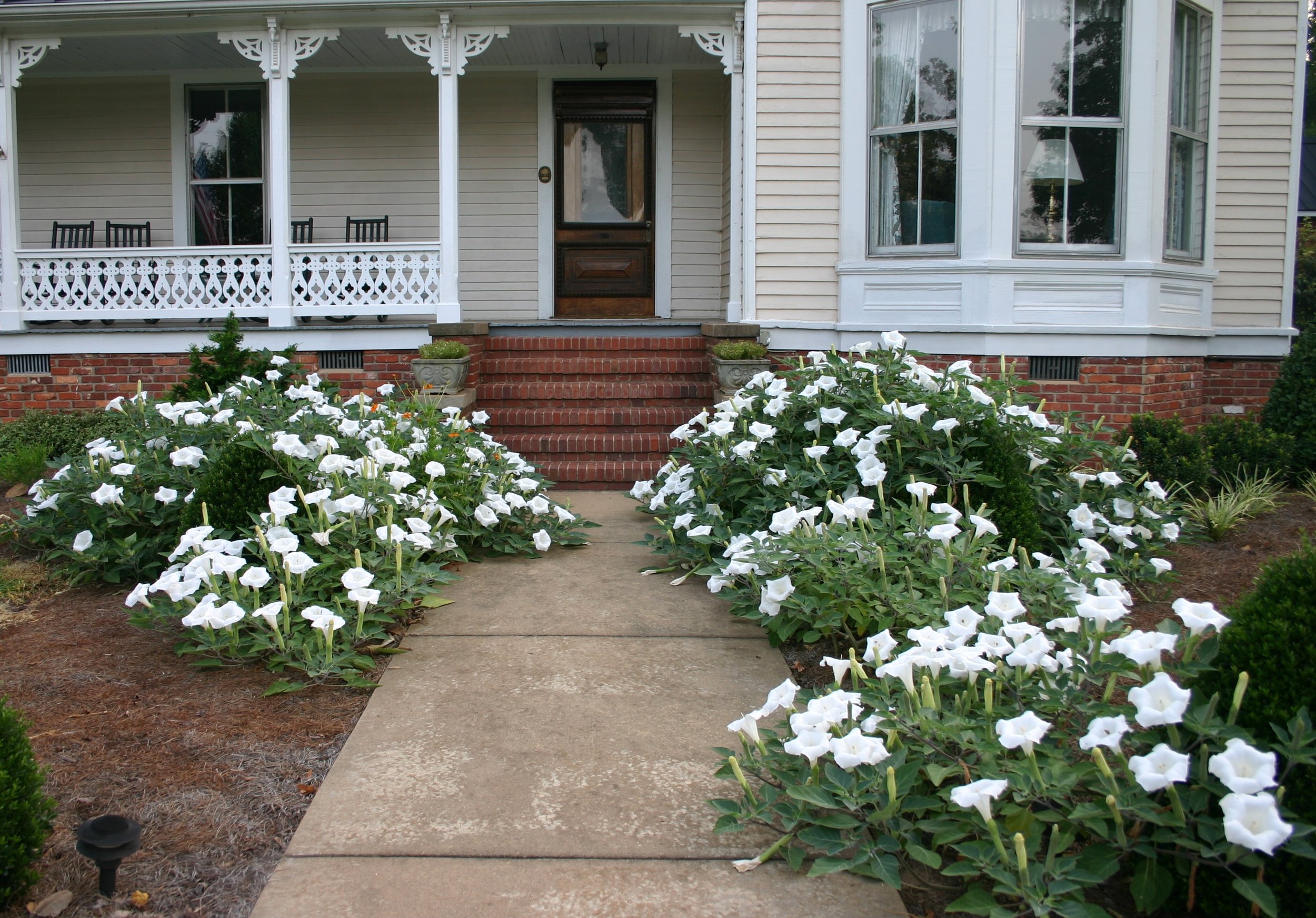
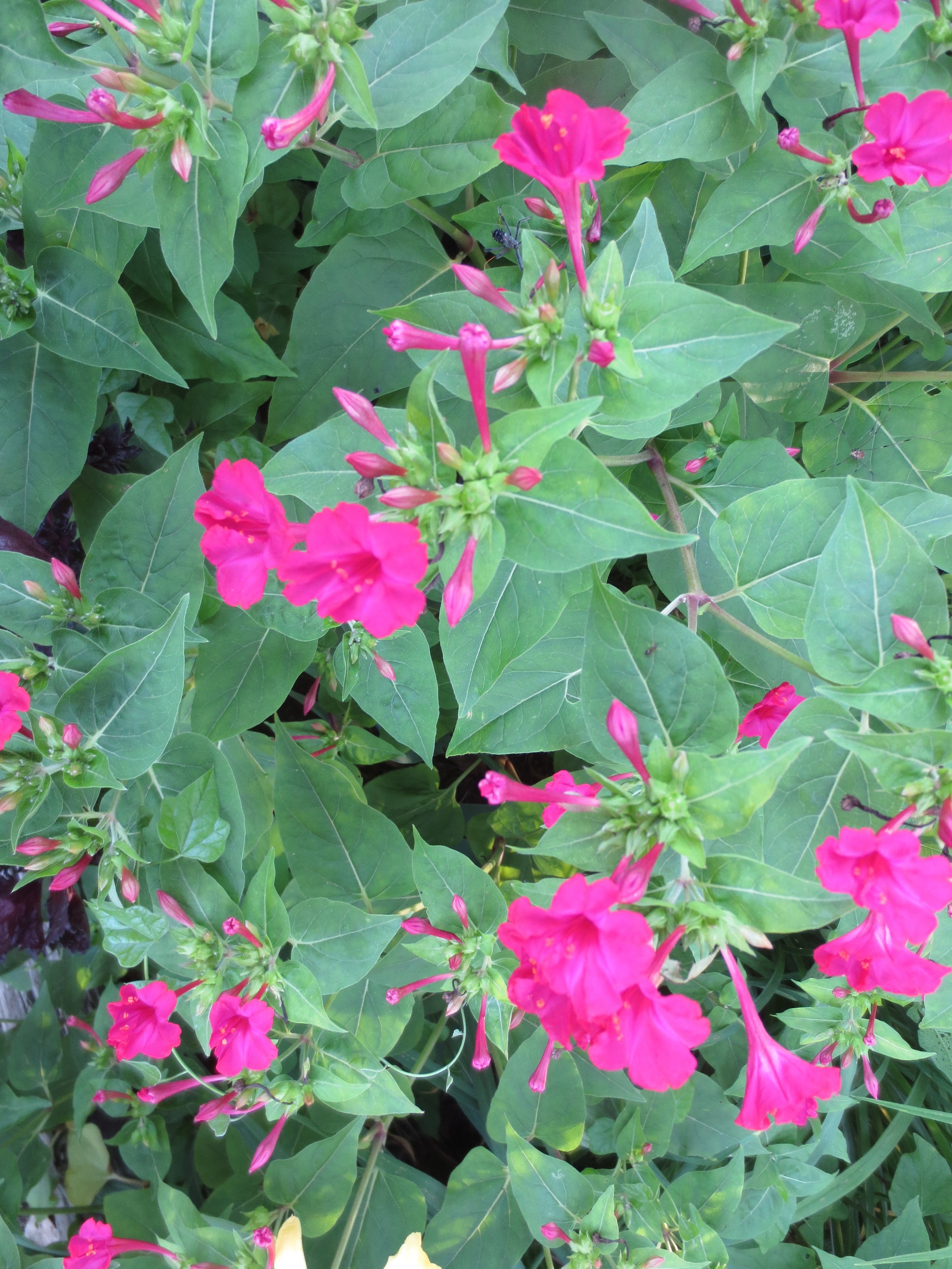
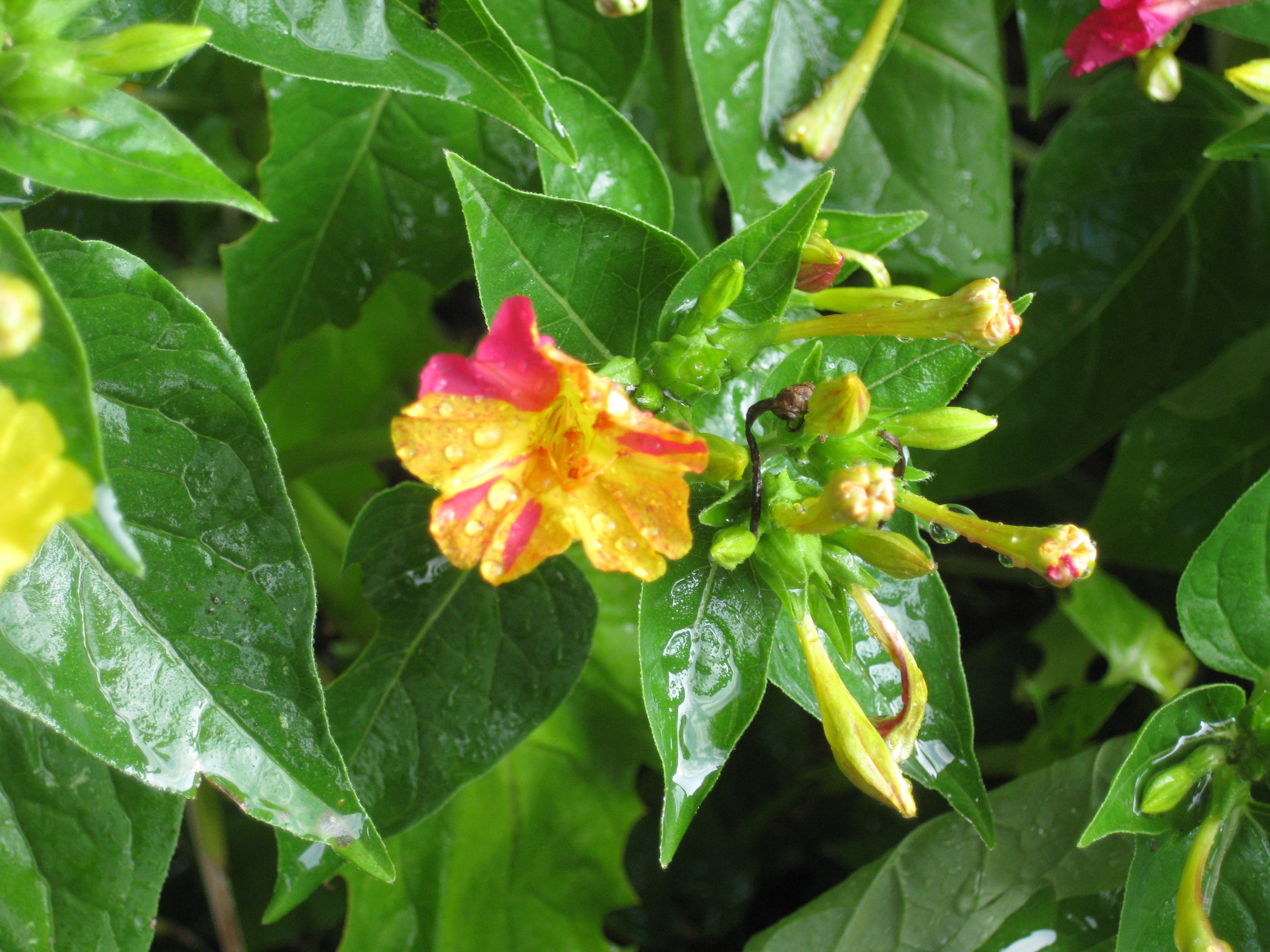
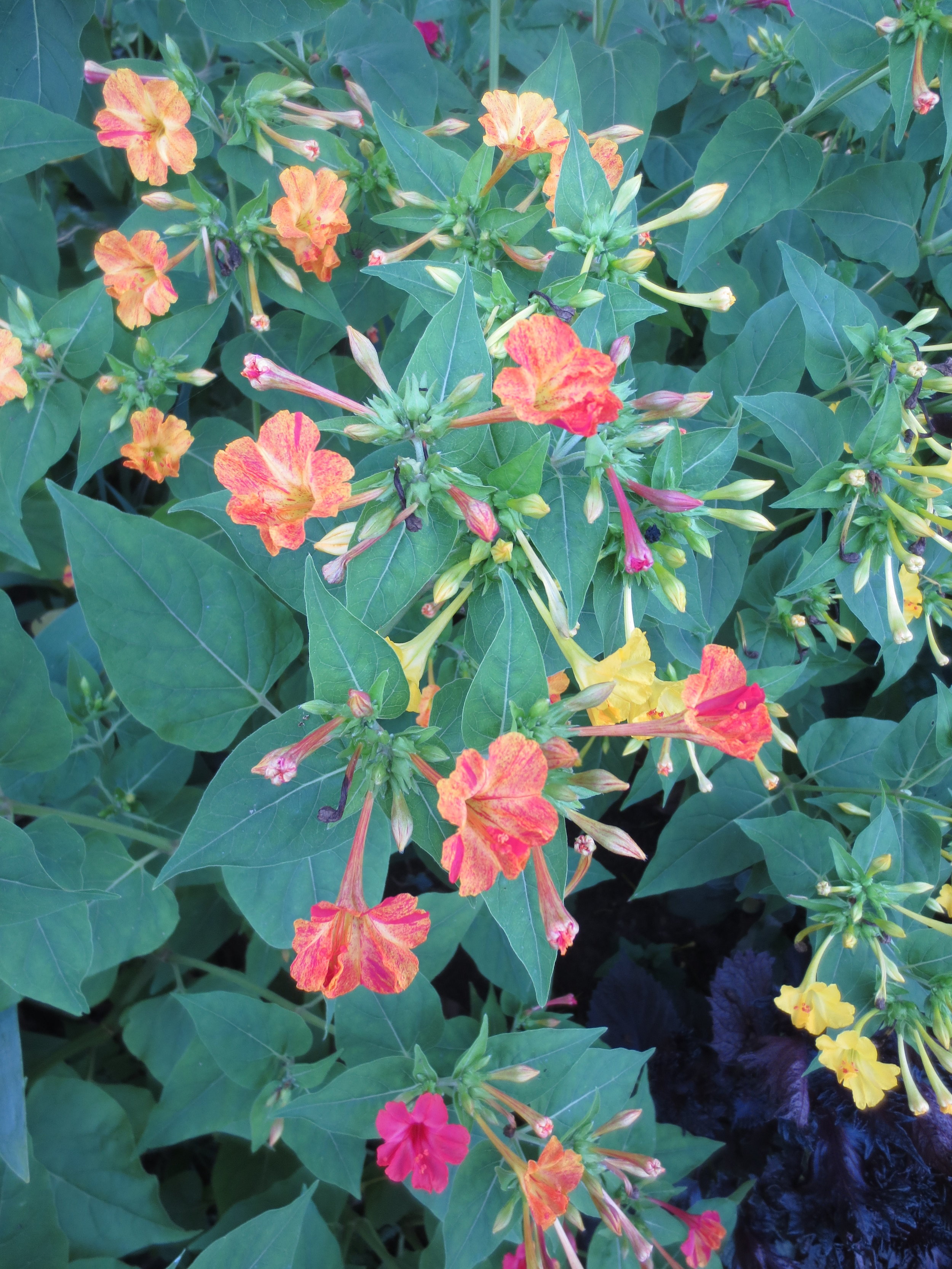
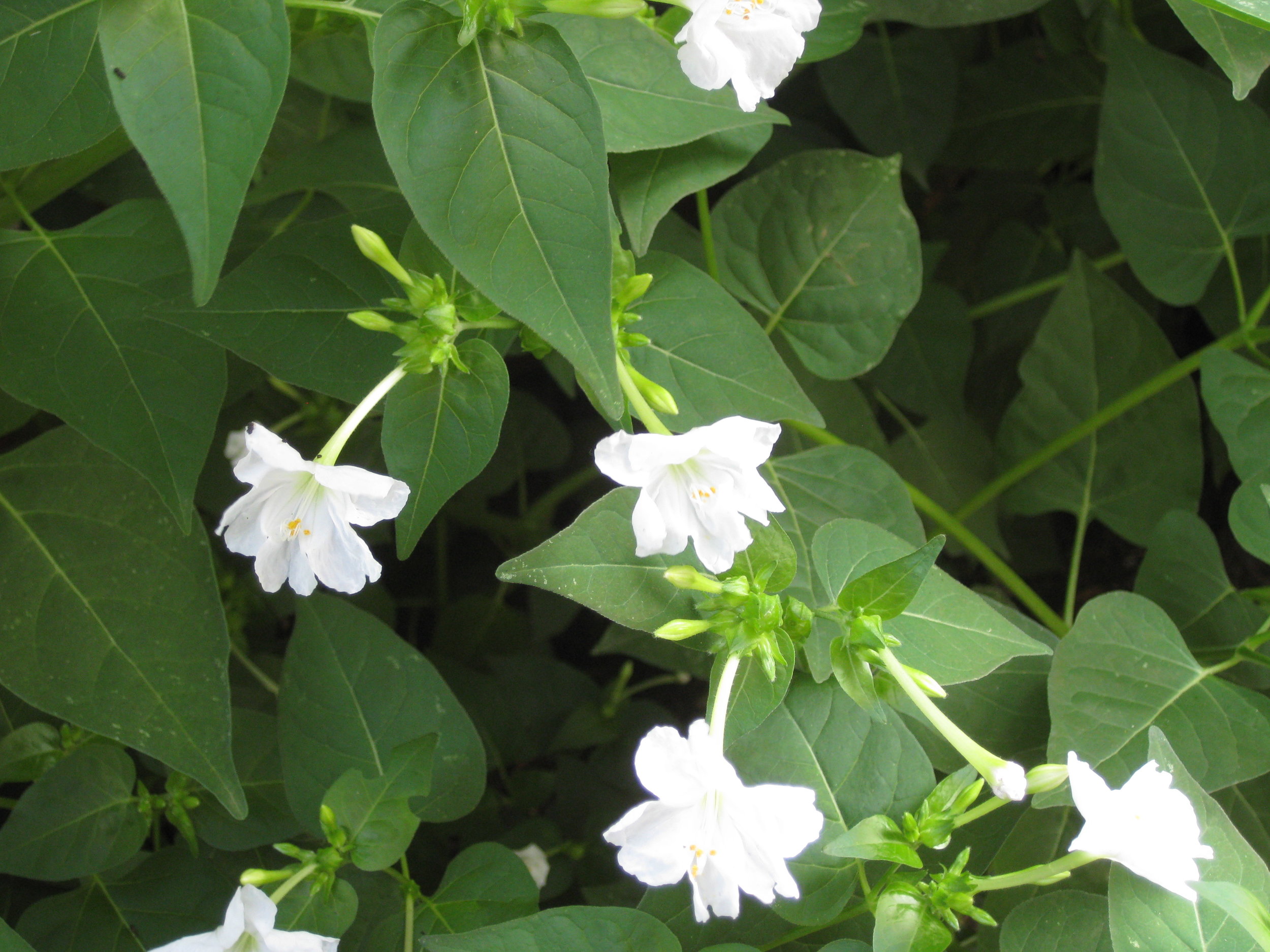


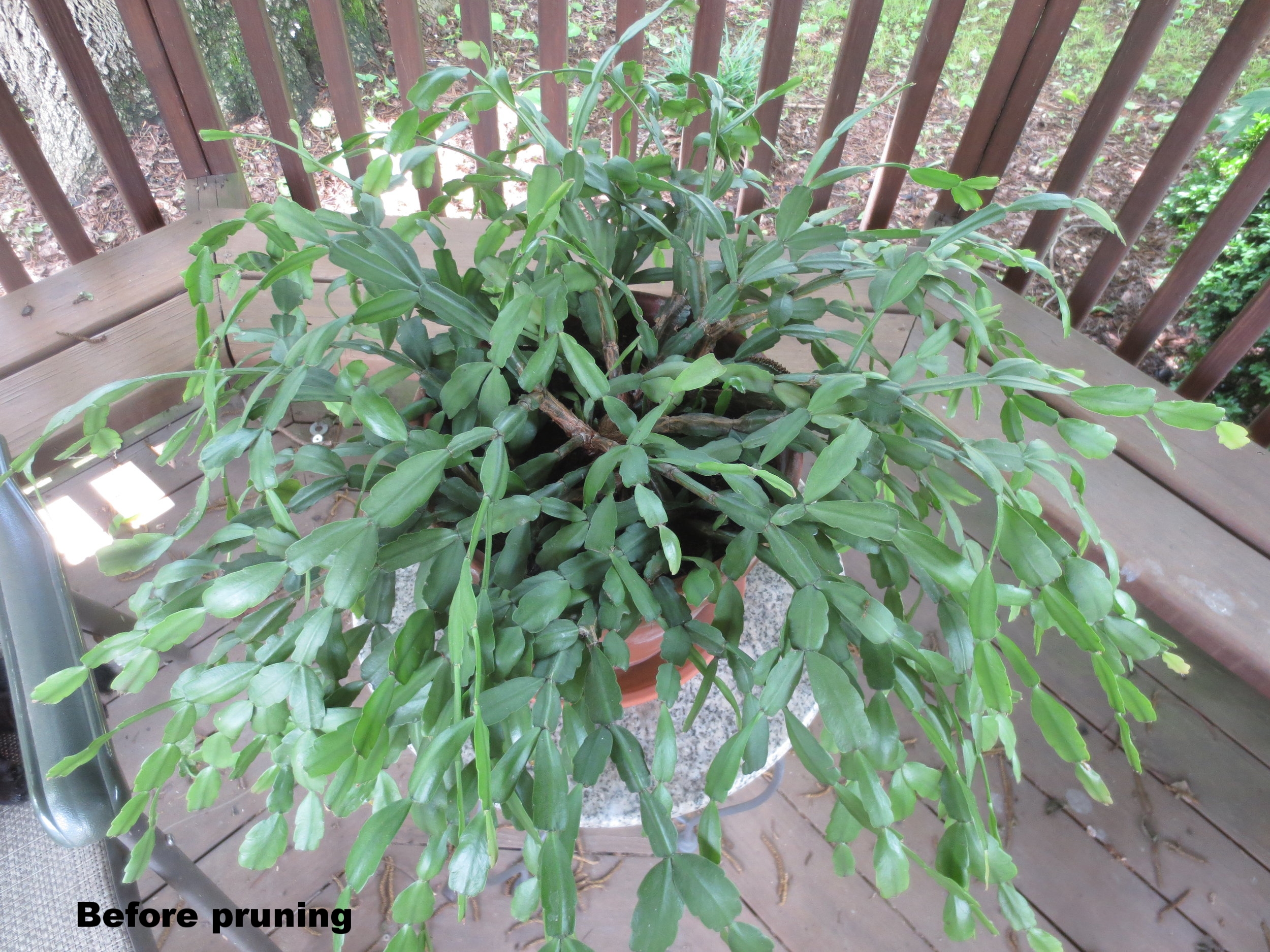
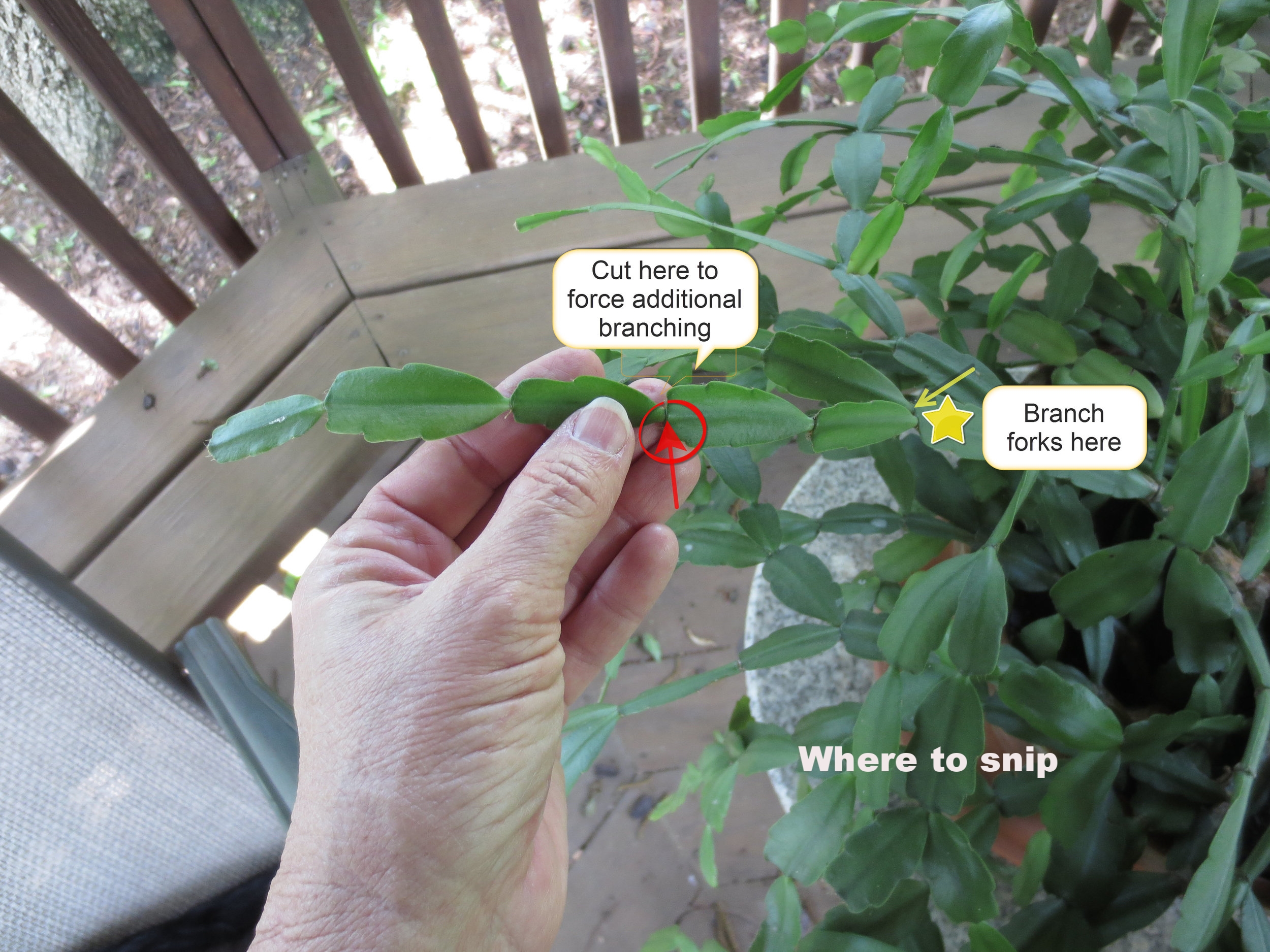
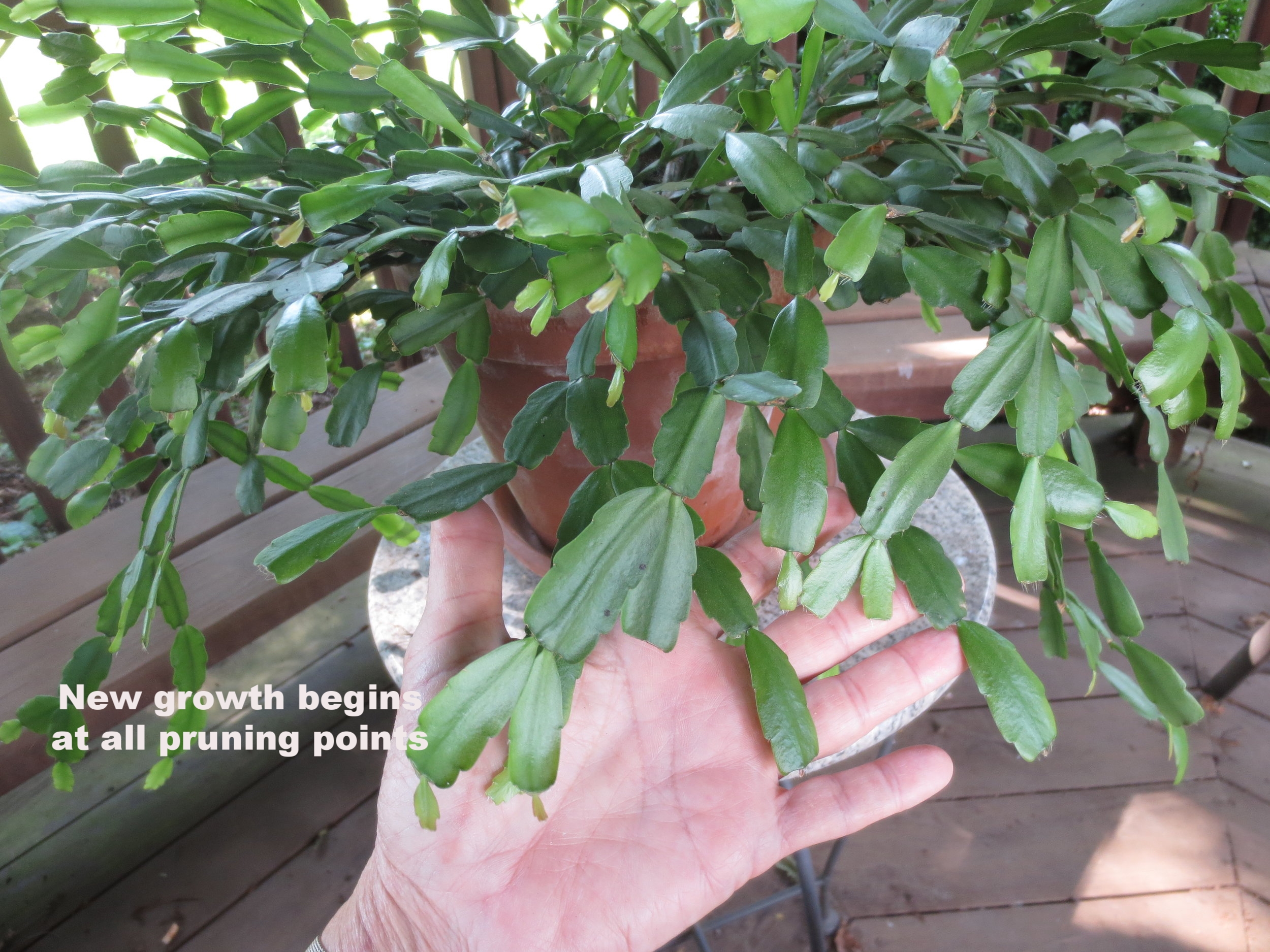



![Kiwi Babies[1].jpg](https://images.squarespace-cdn.com/content/v1/59d4dba48419c263977e98a2/1530116238808-11INU0VYO98XDXCBAZ0A/Kiwi+Babies%5B1%5D.jpg)
